


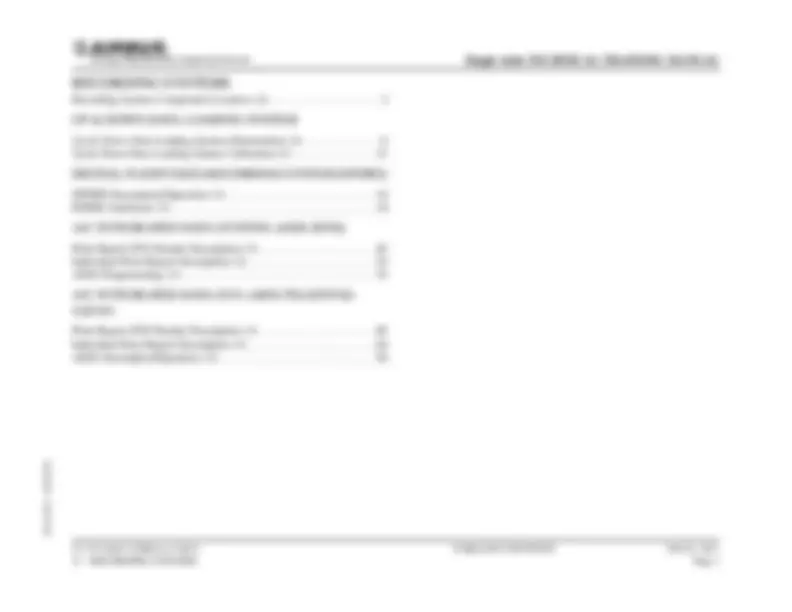
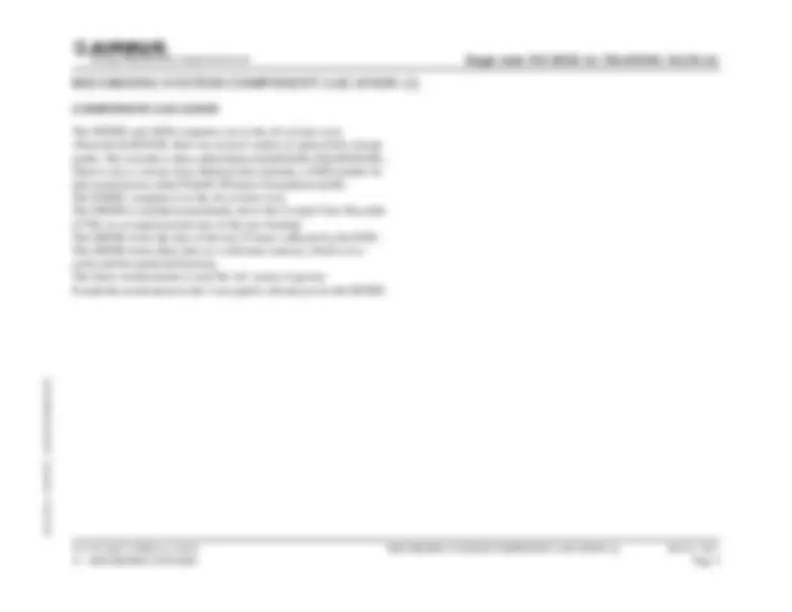
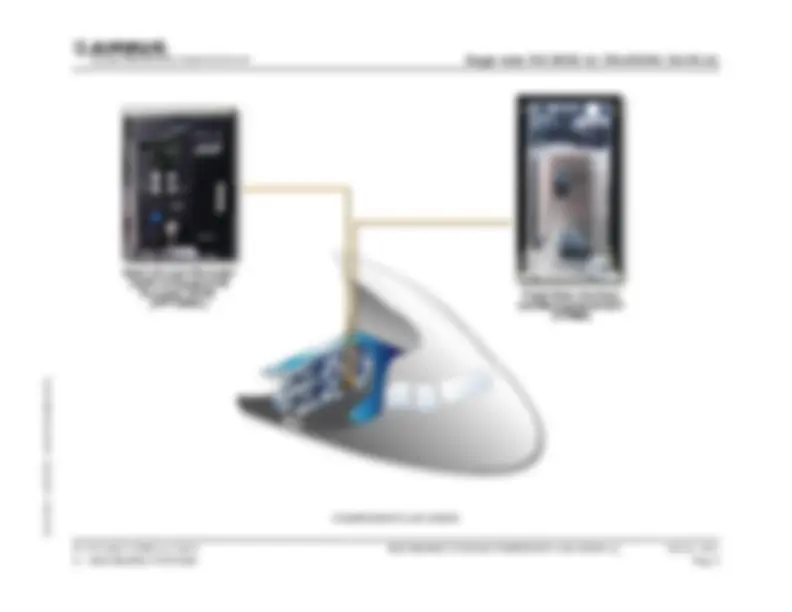

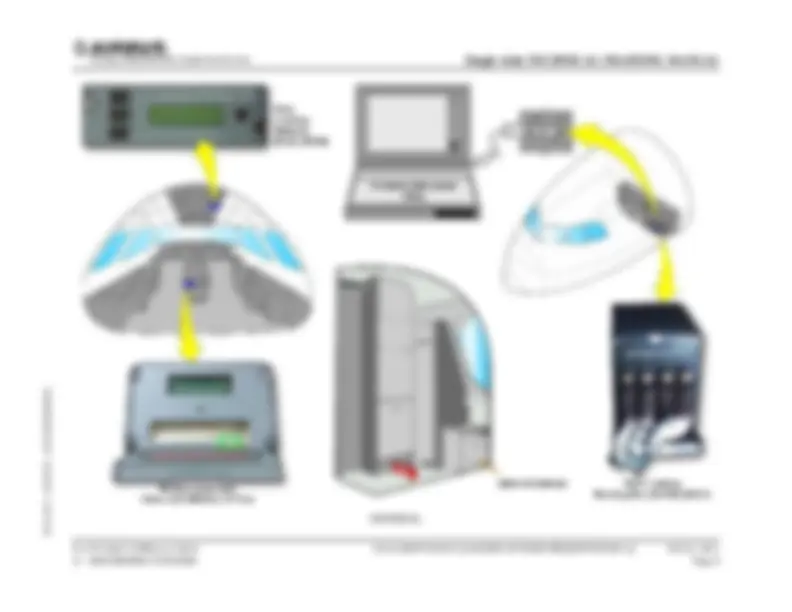
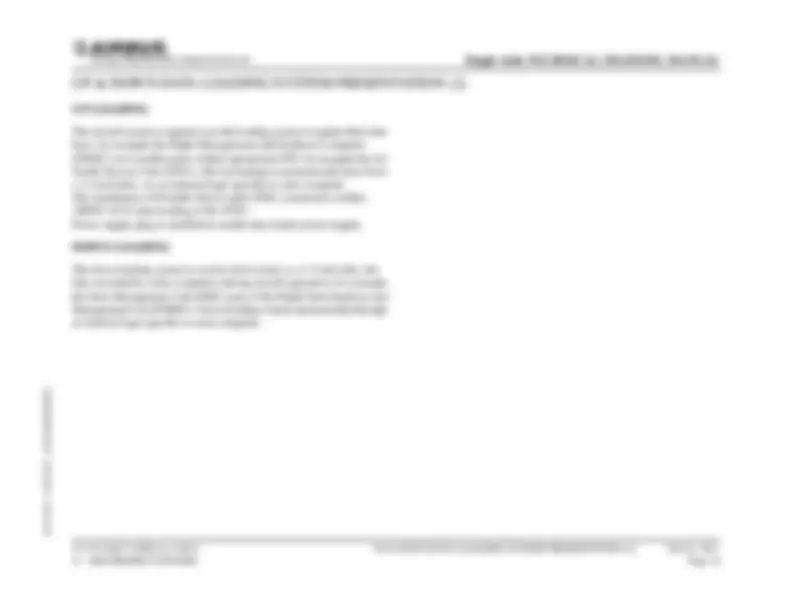
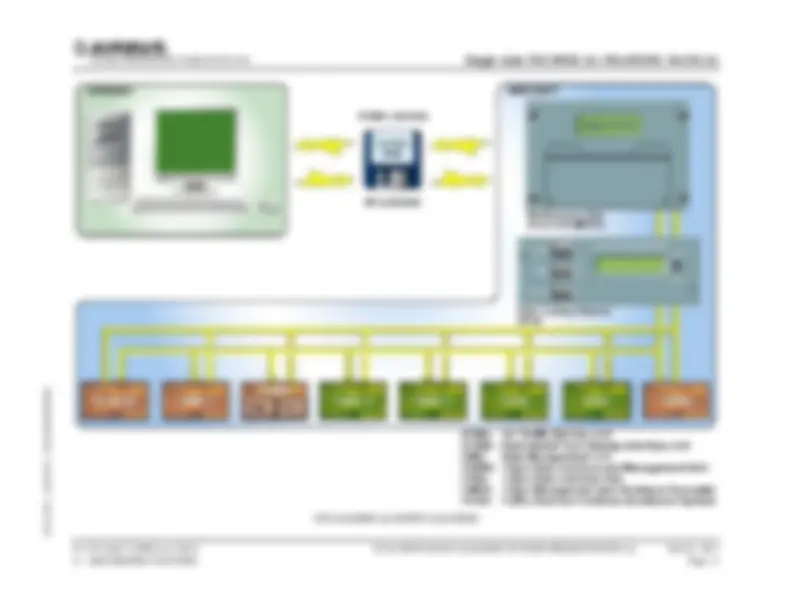
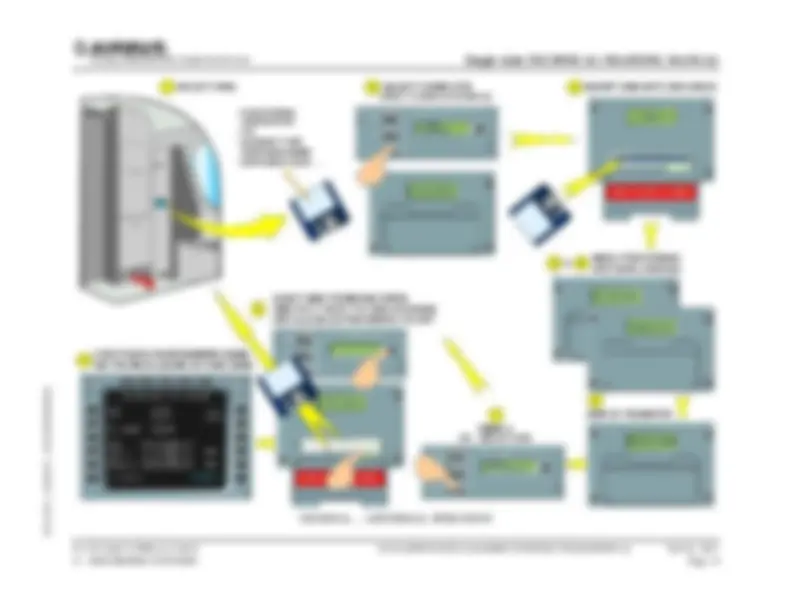
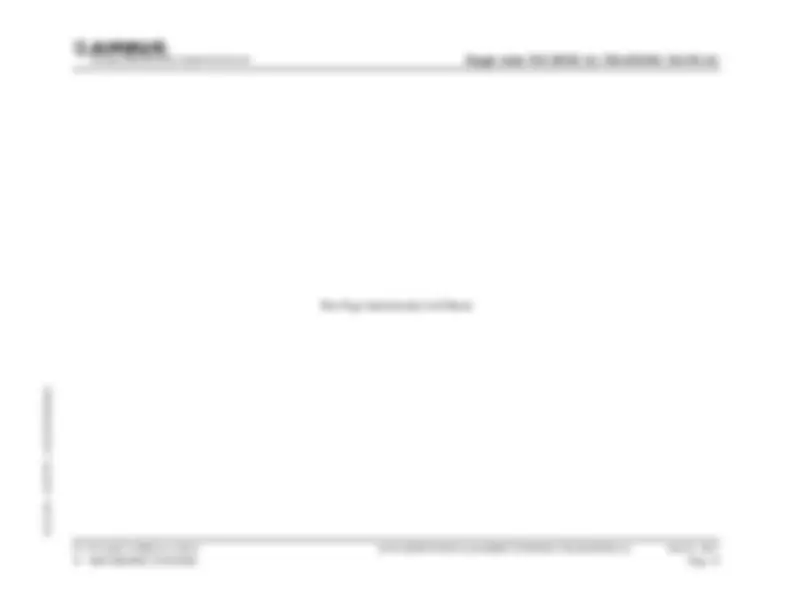
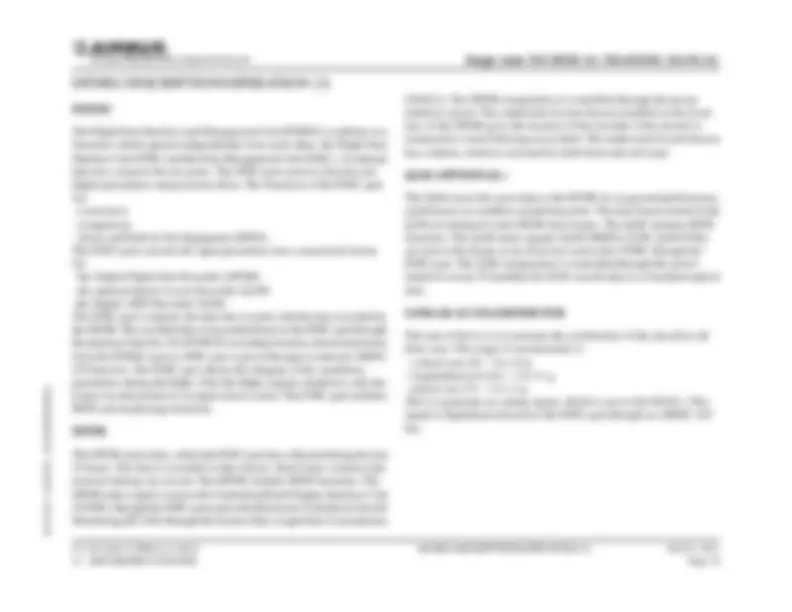
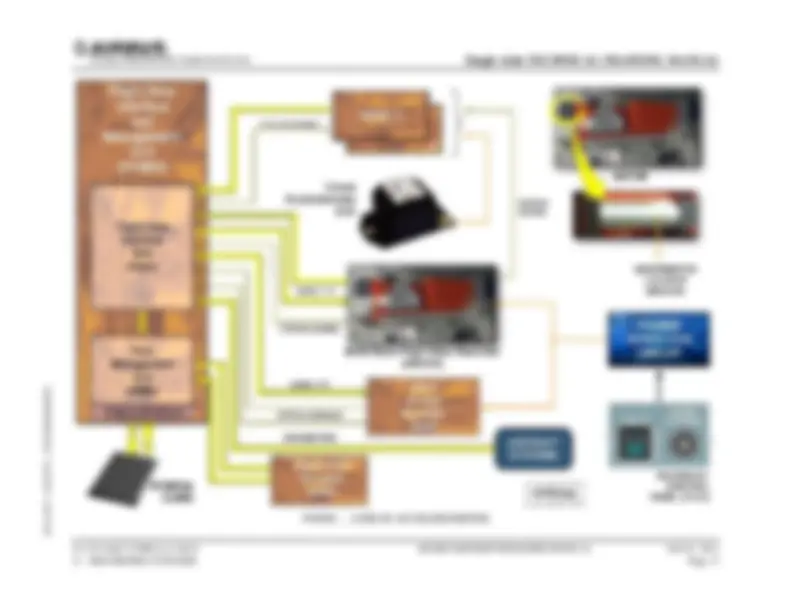
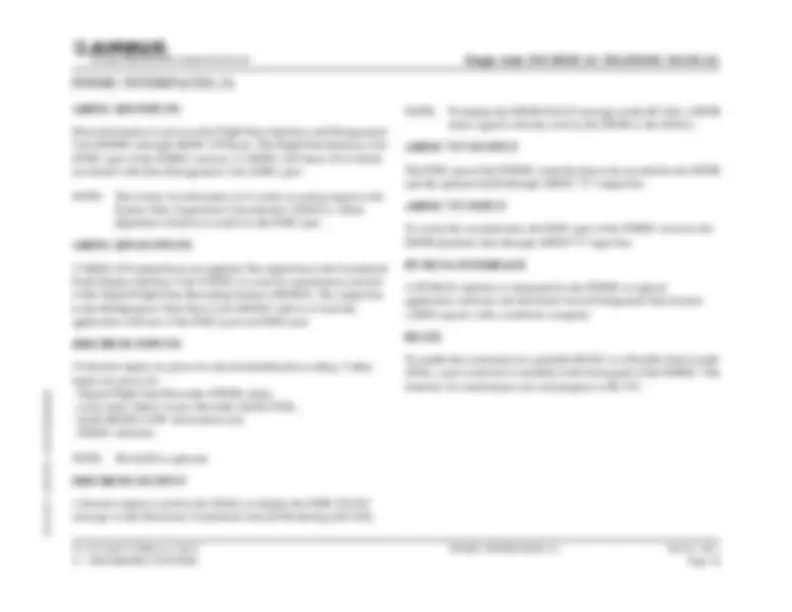
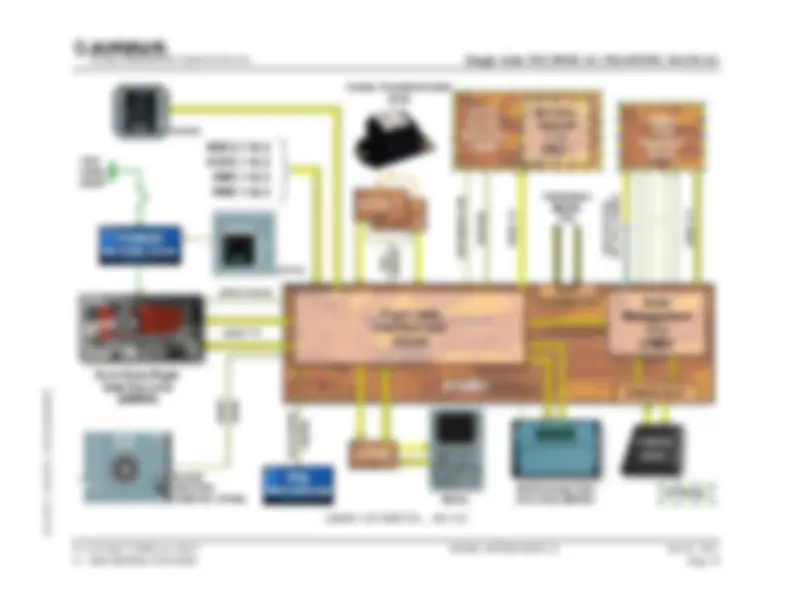
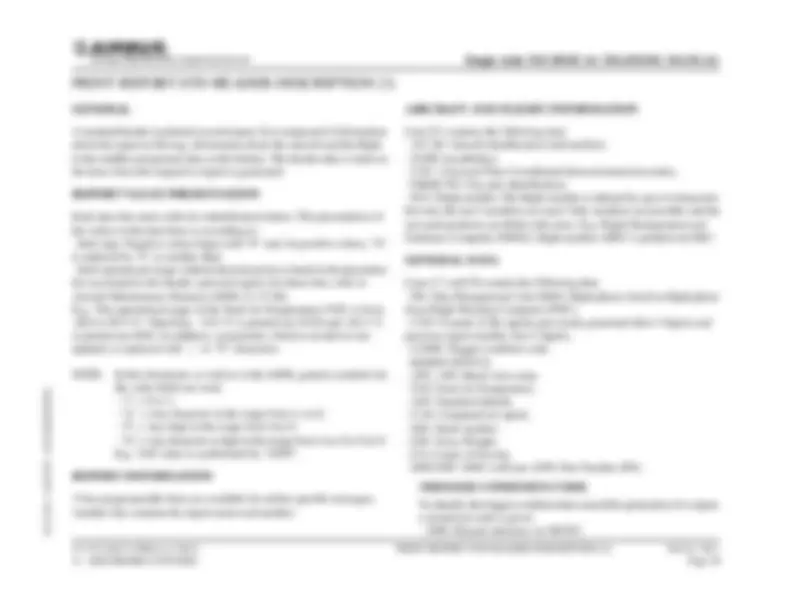
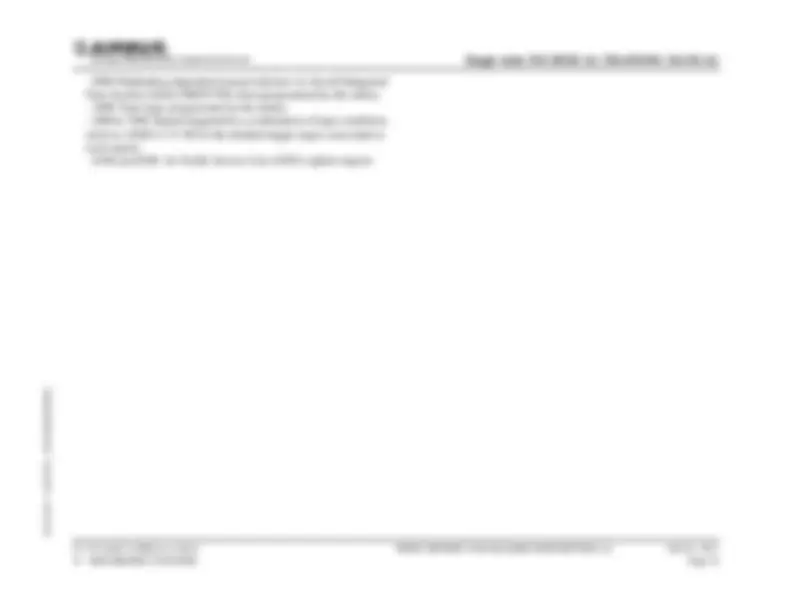
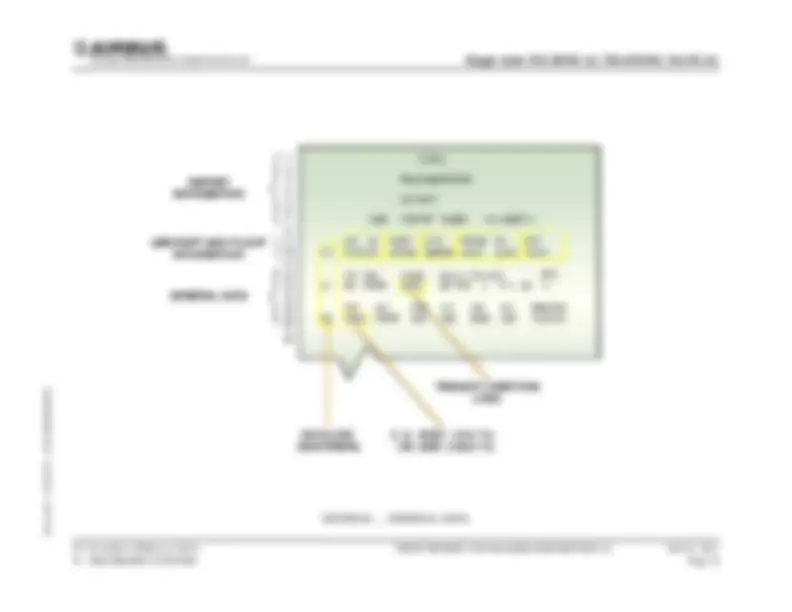
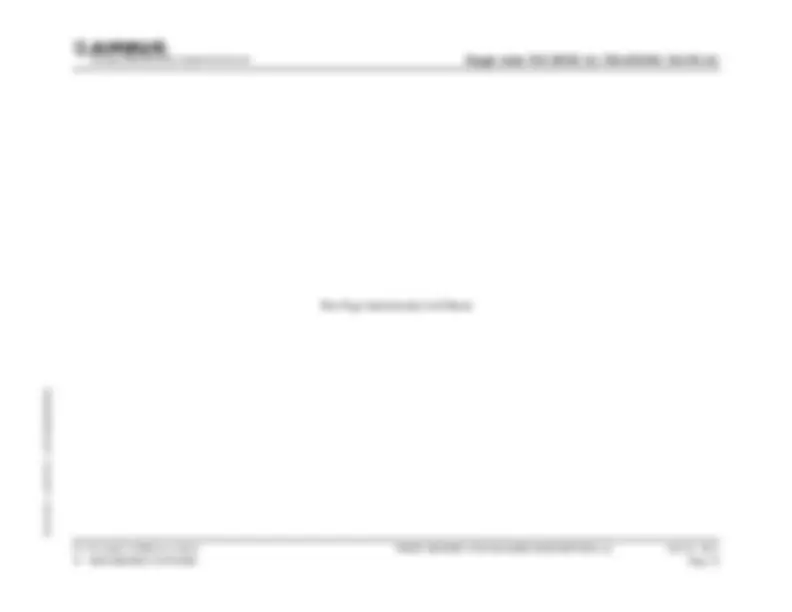
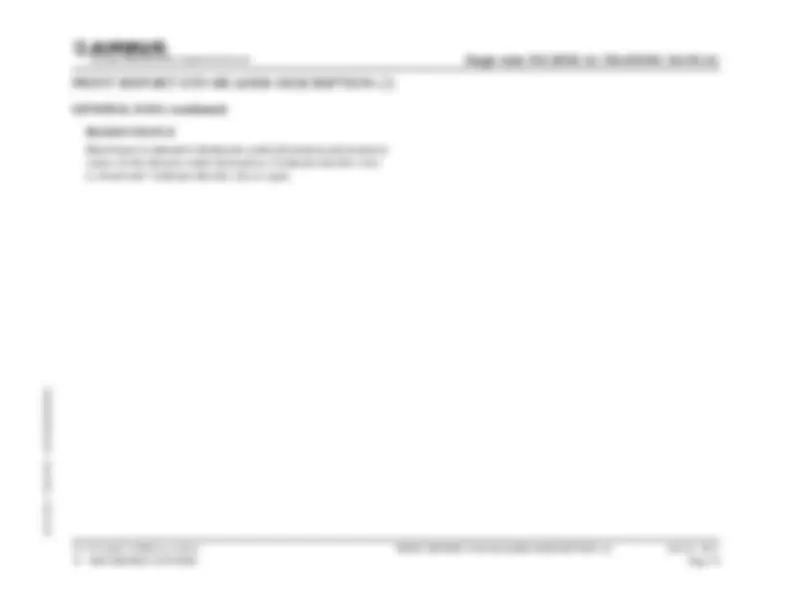
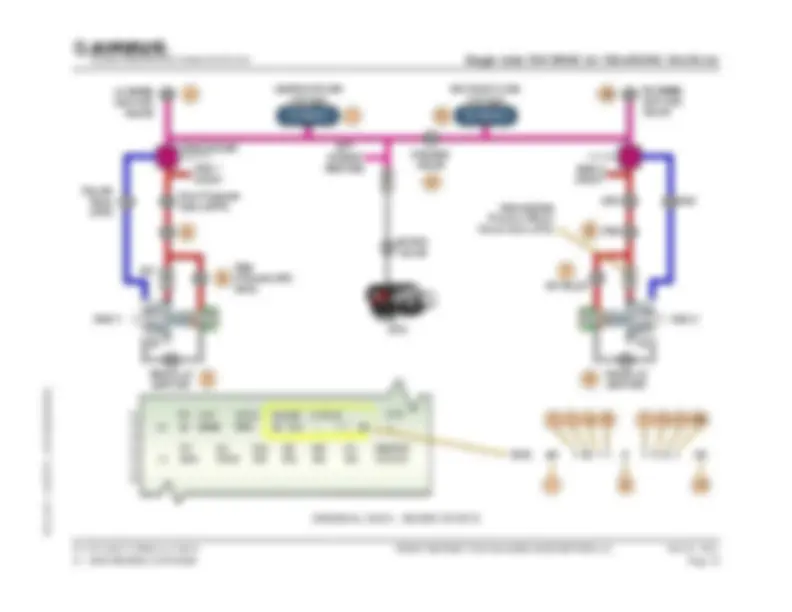
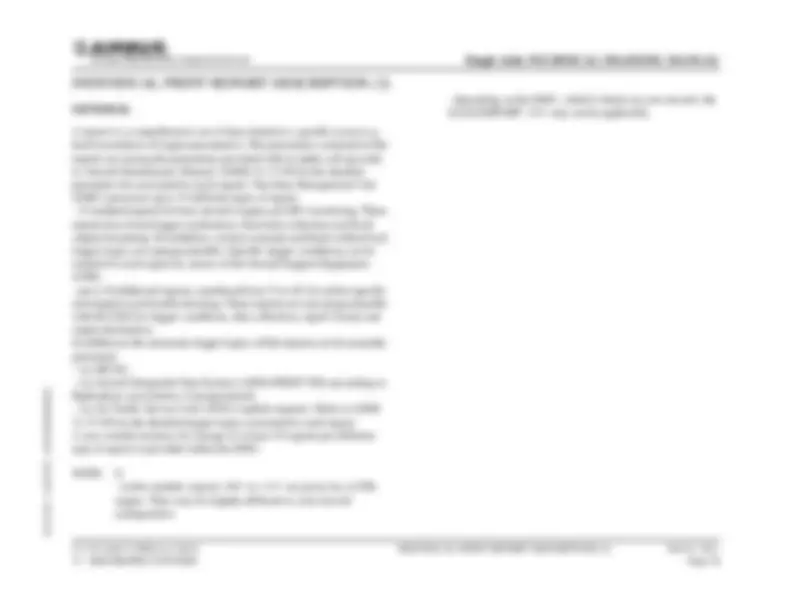
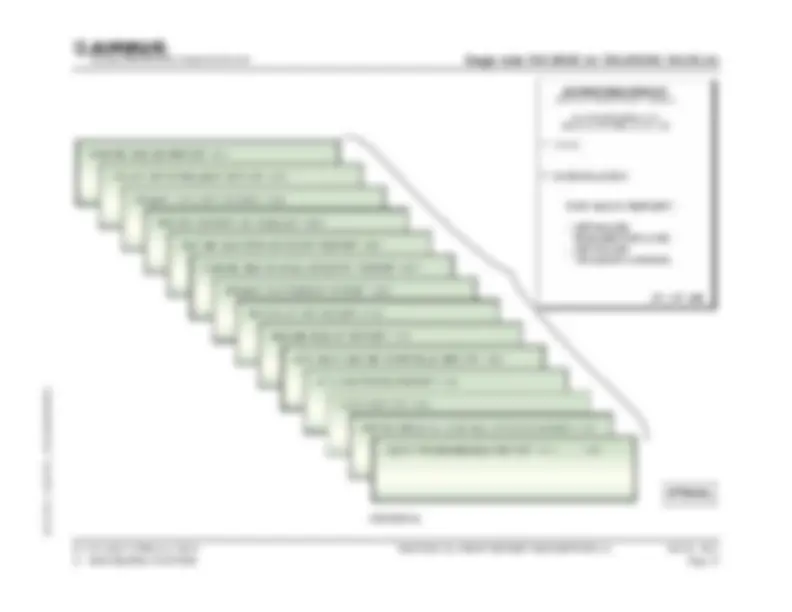
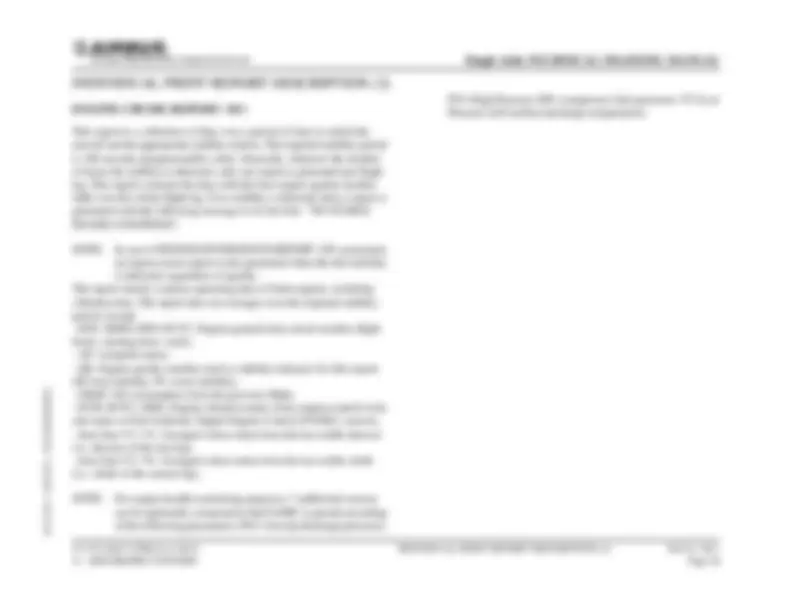
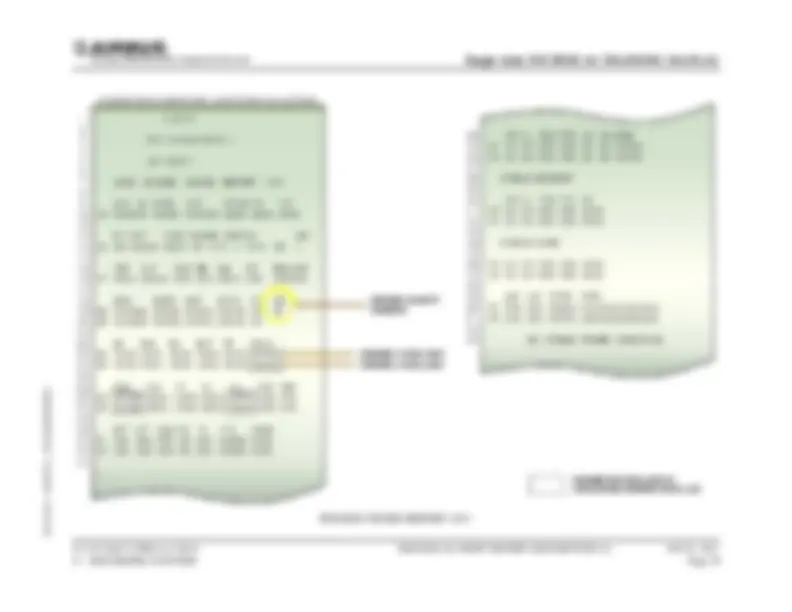
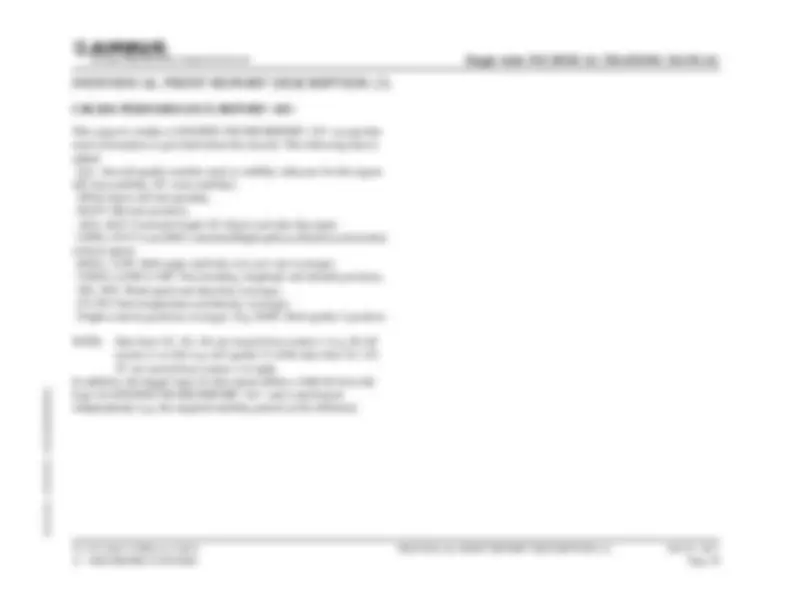
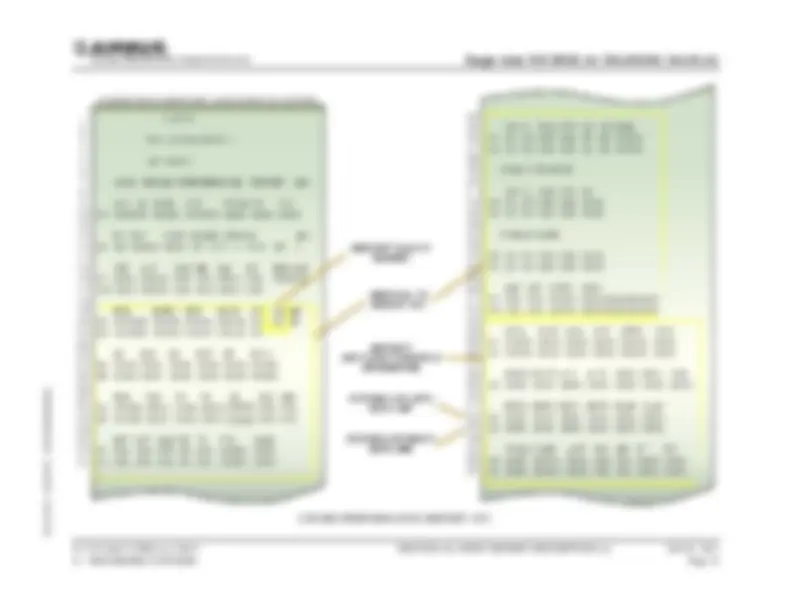
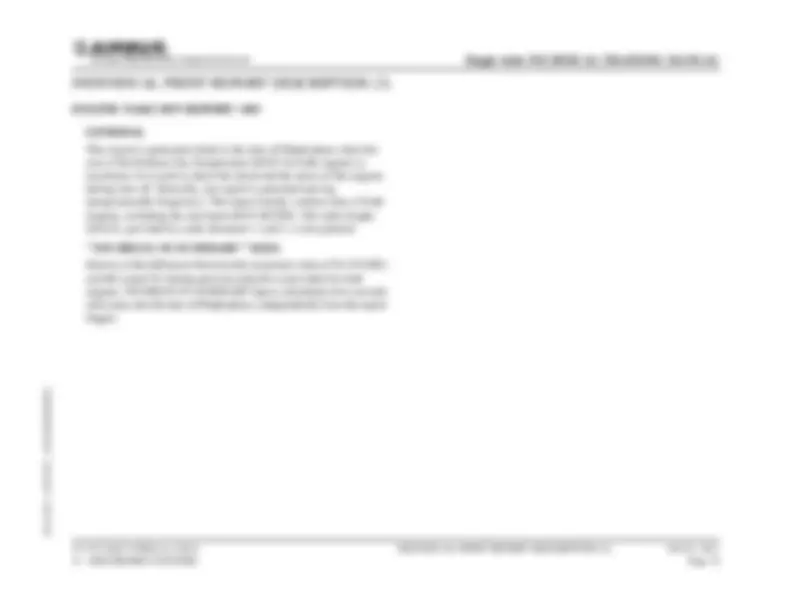
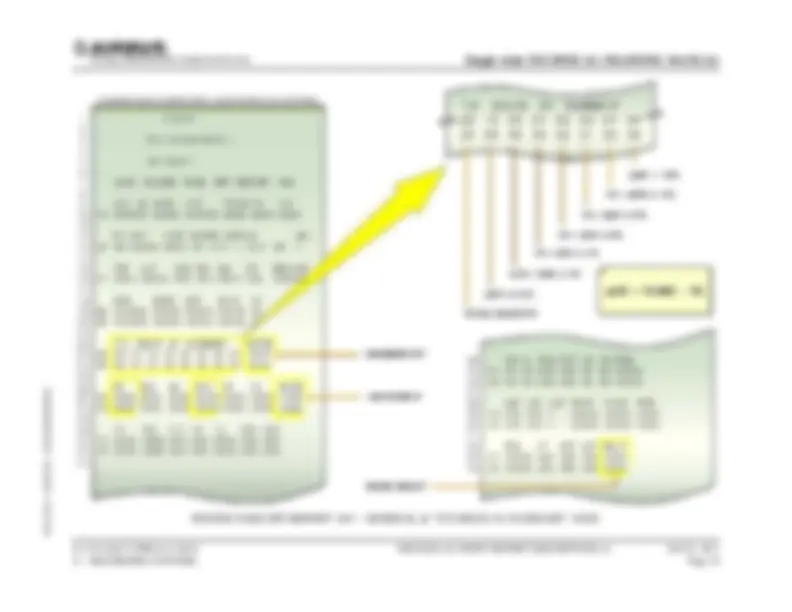
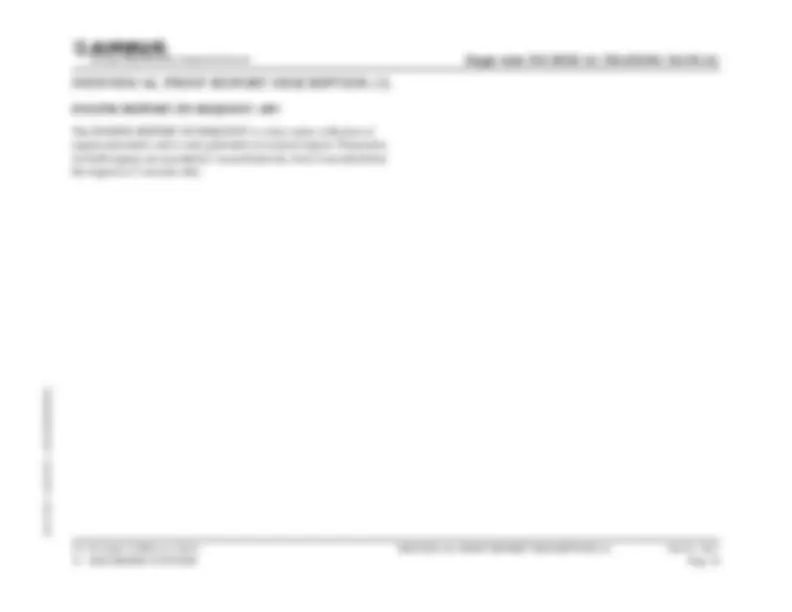
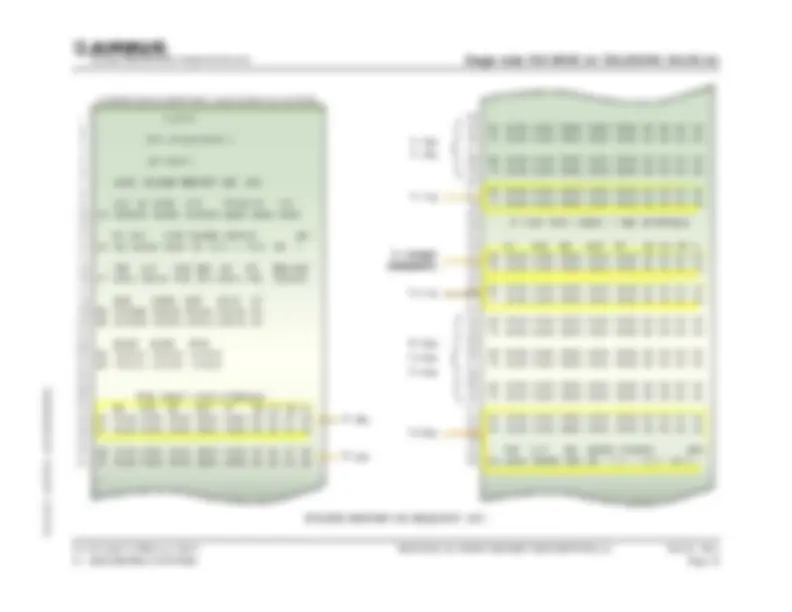
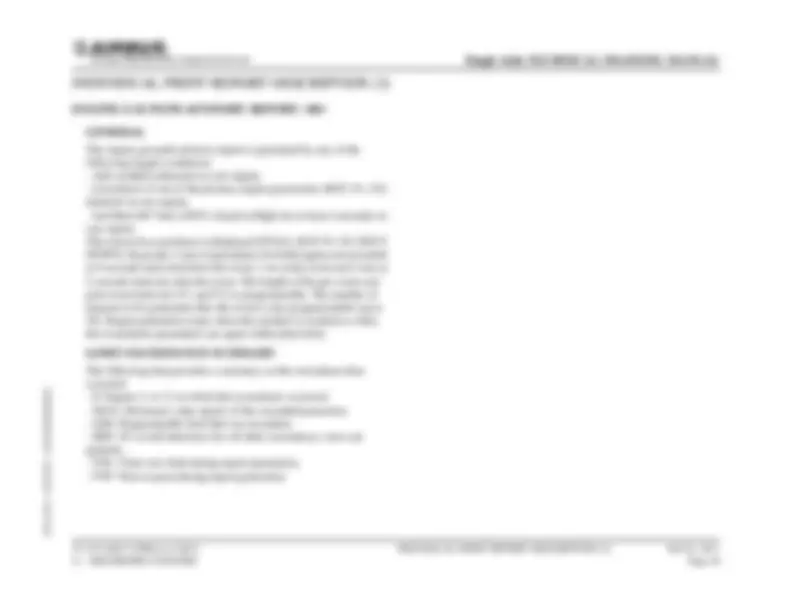

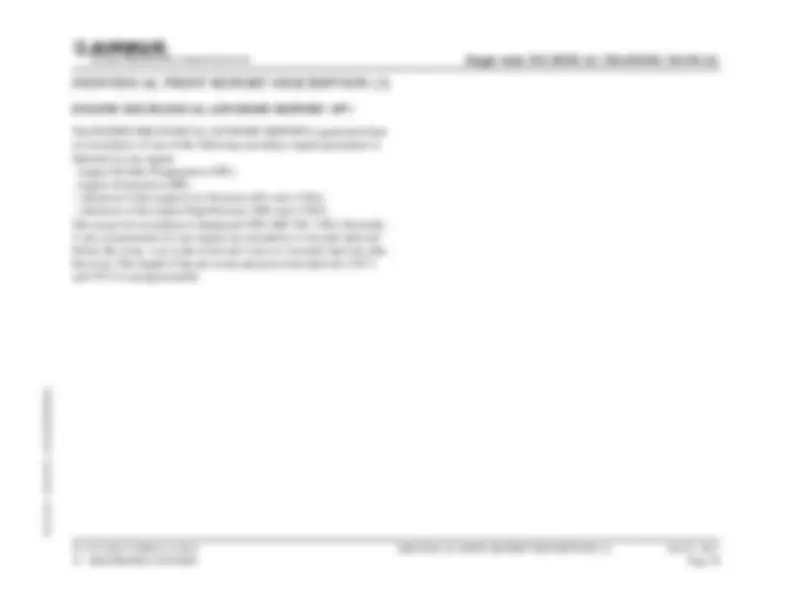
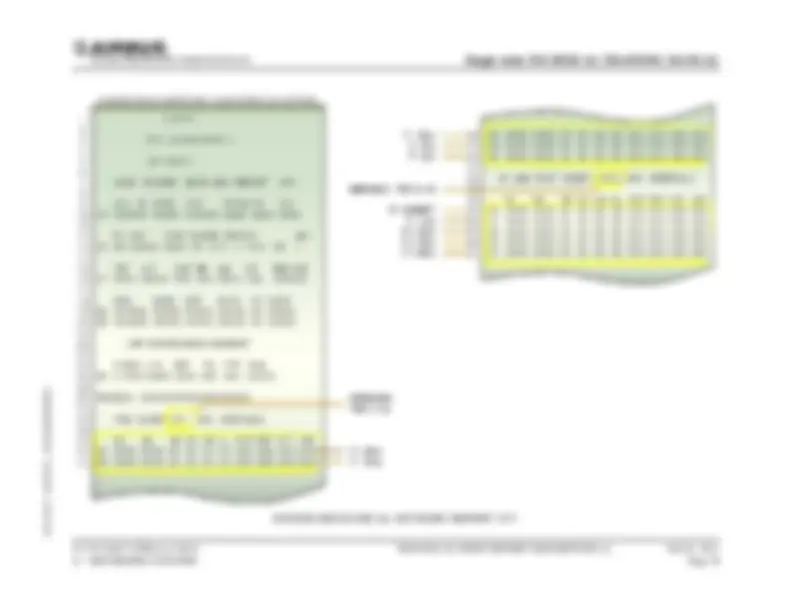
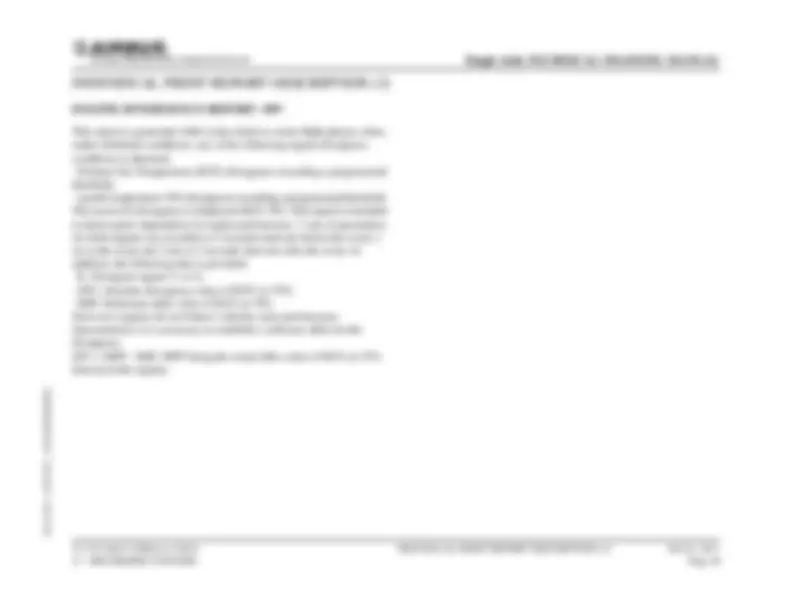
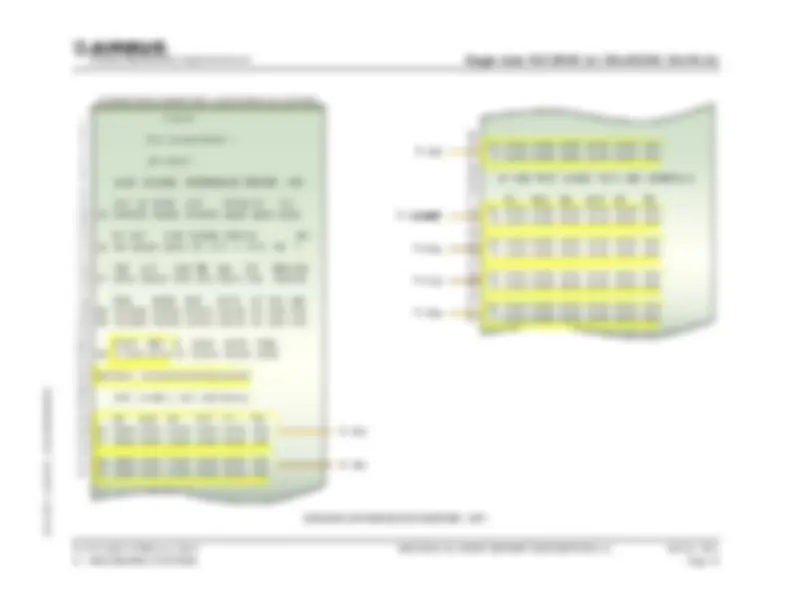
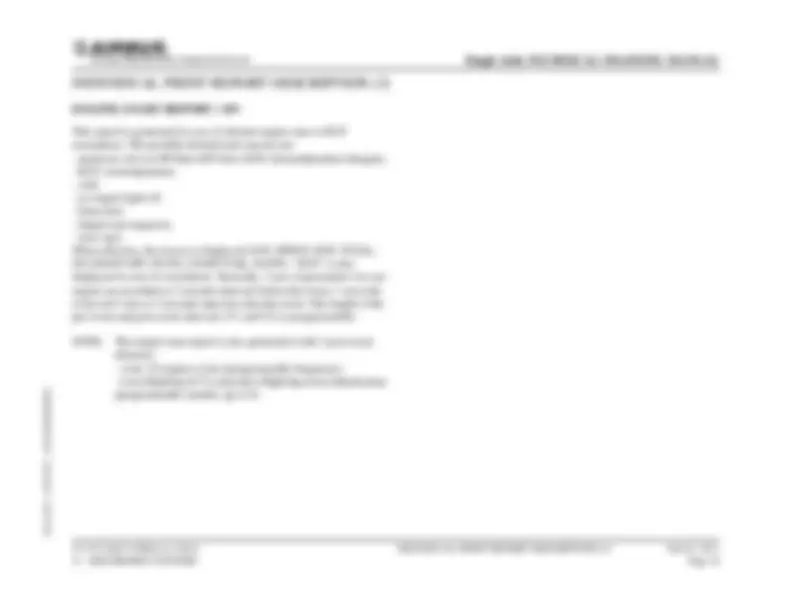
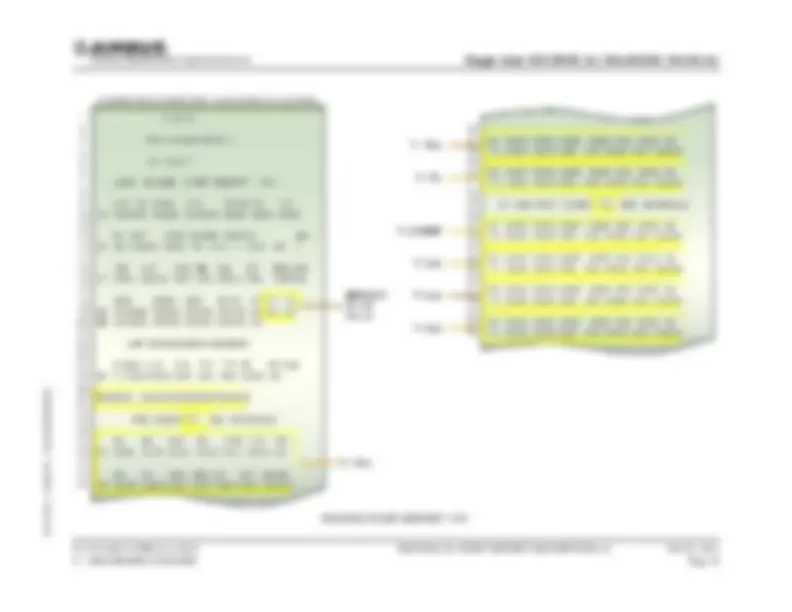
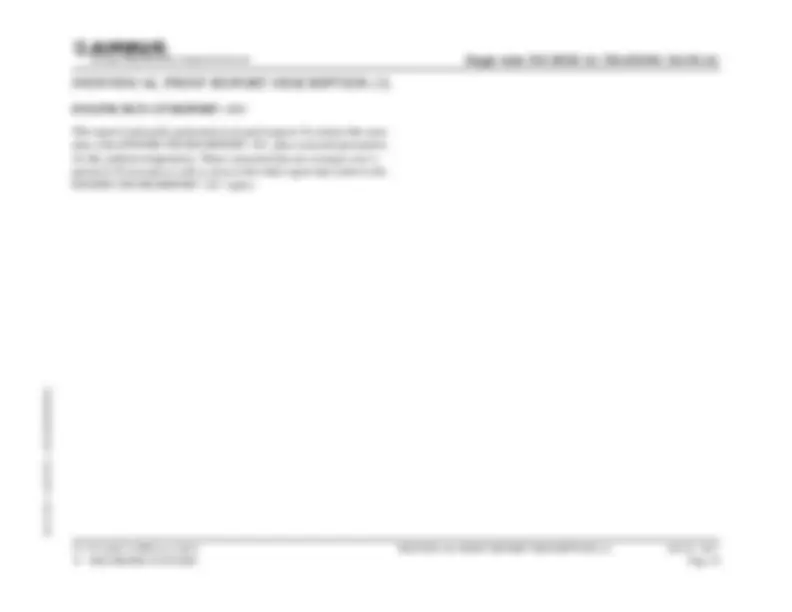
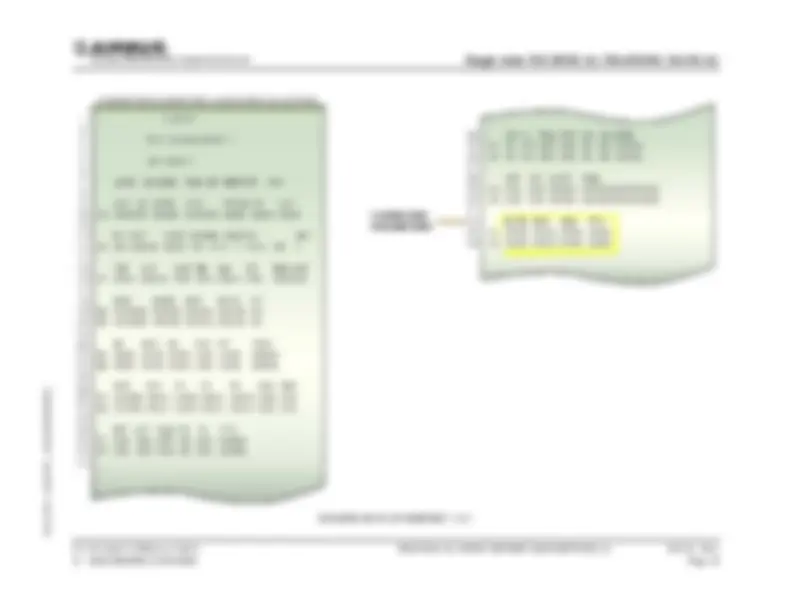
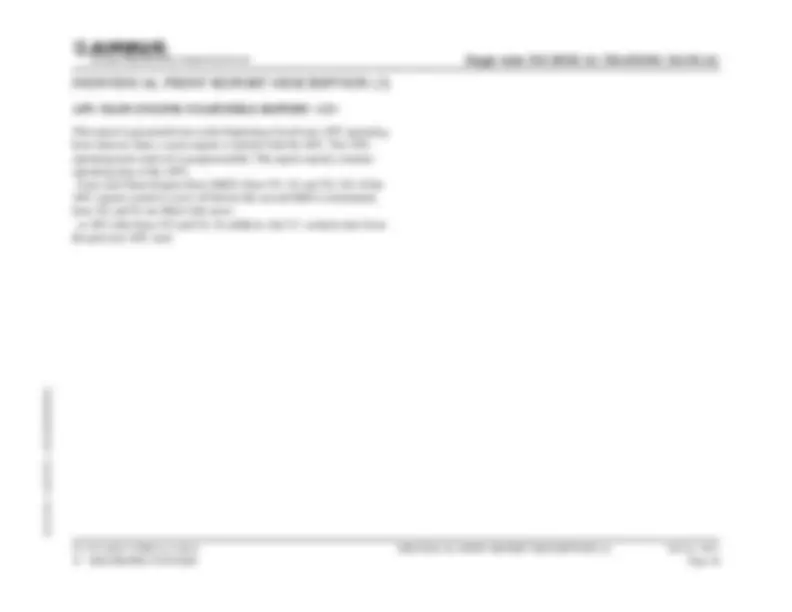
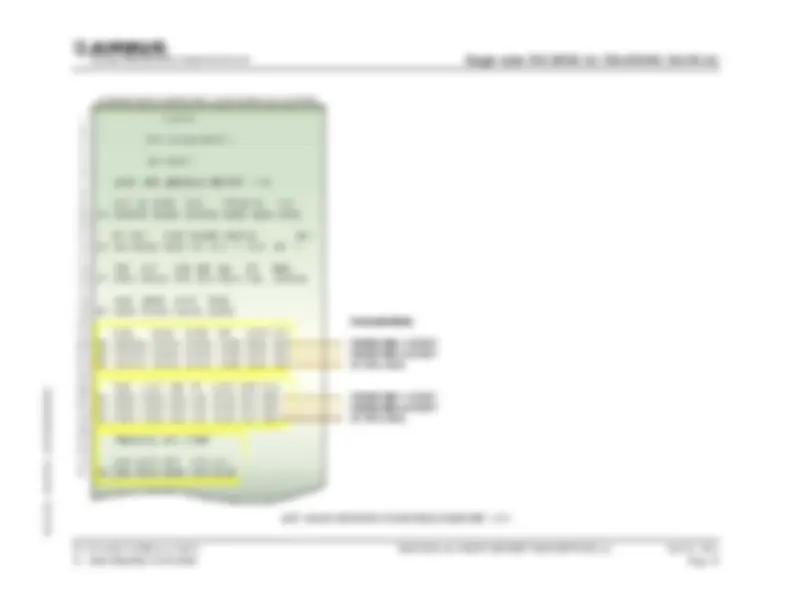
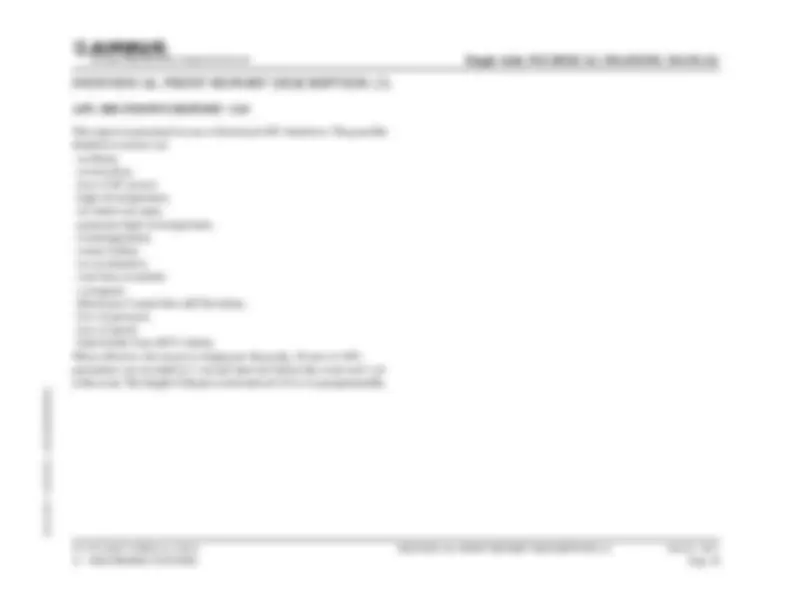

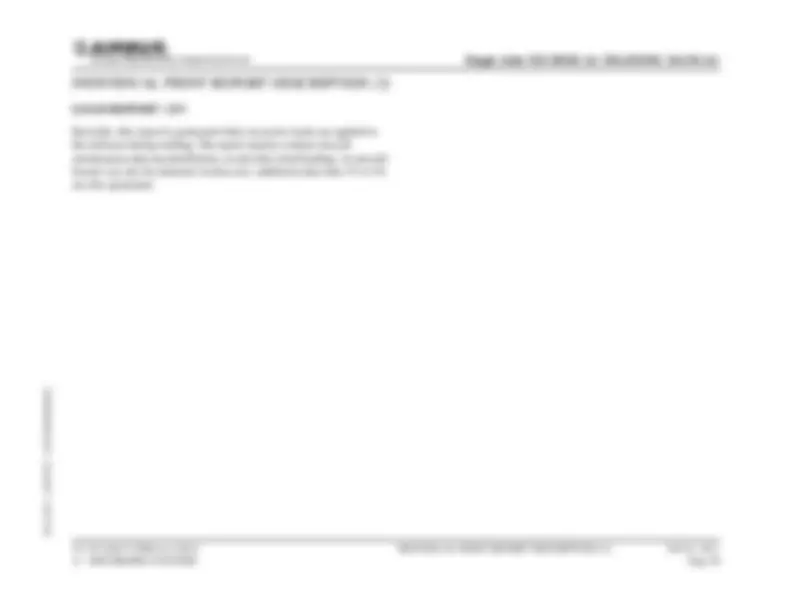
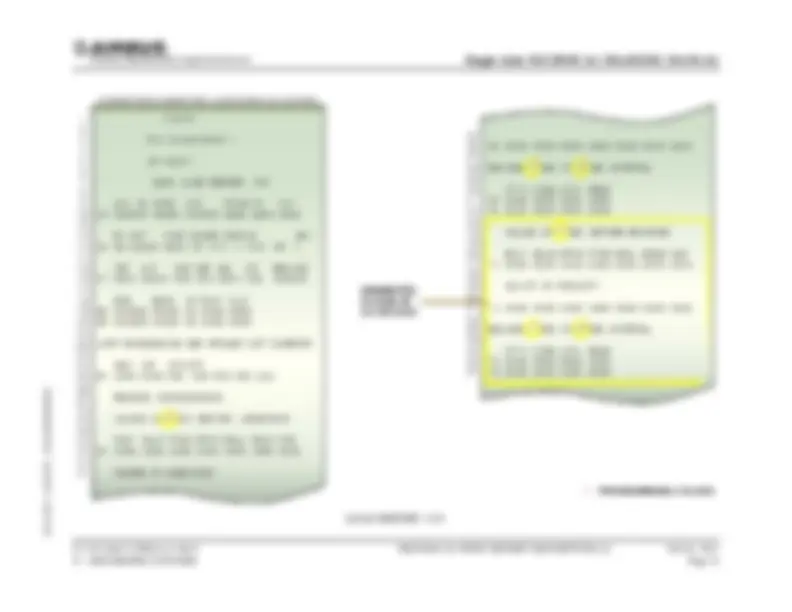
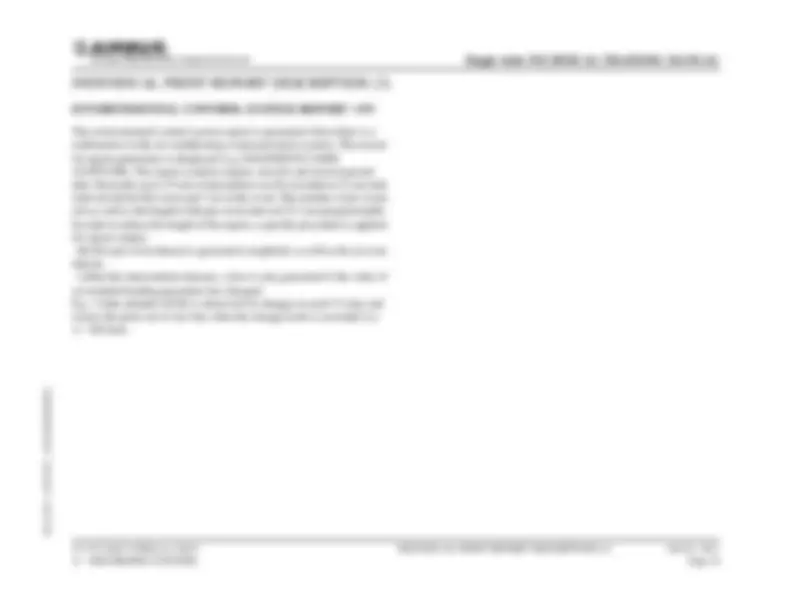
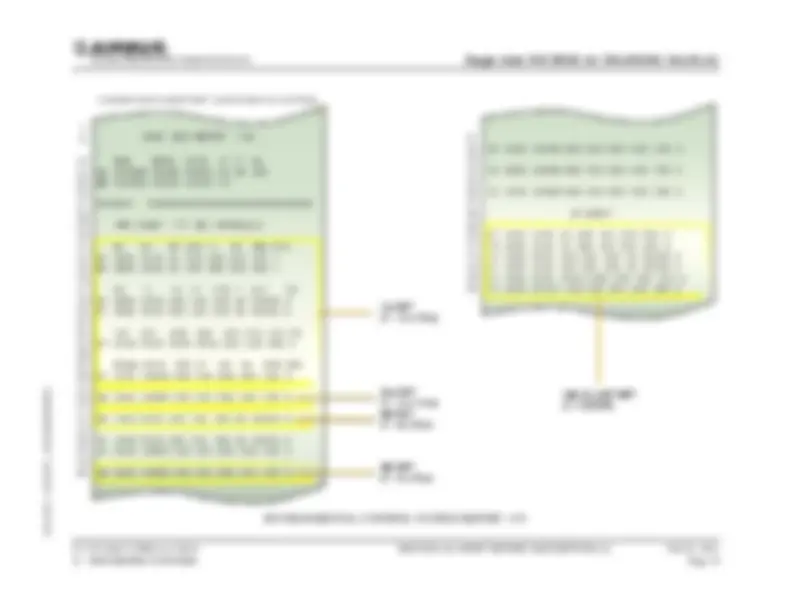
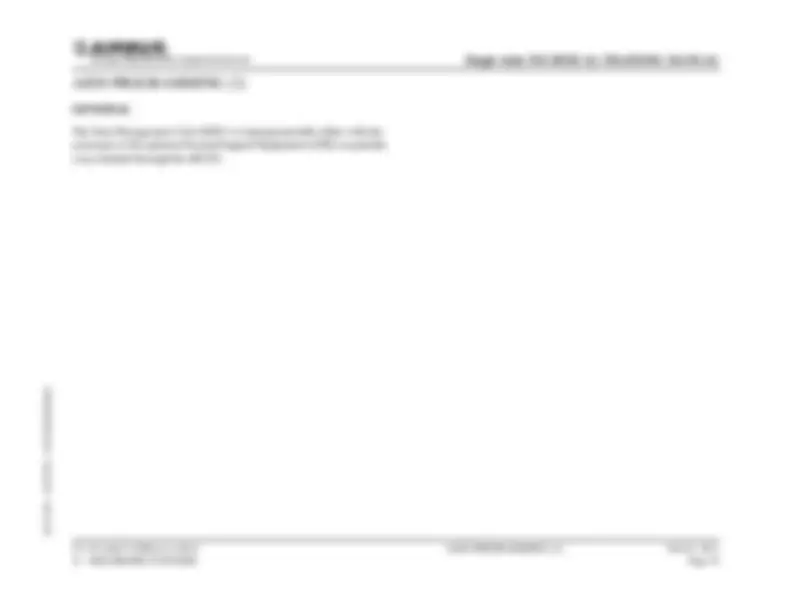
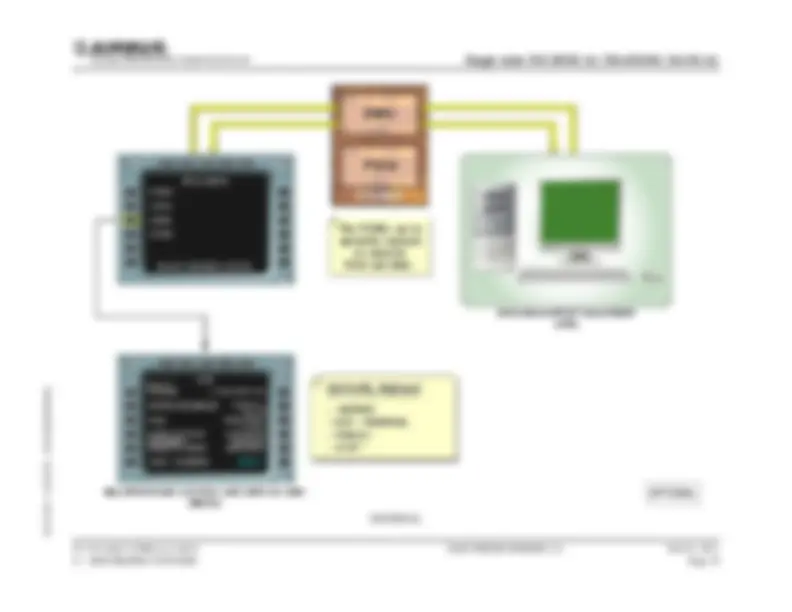
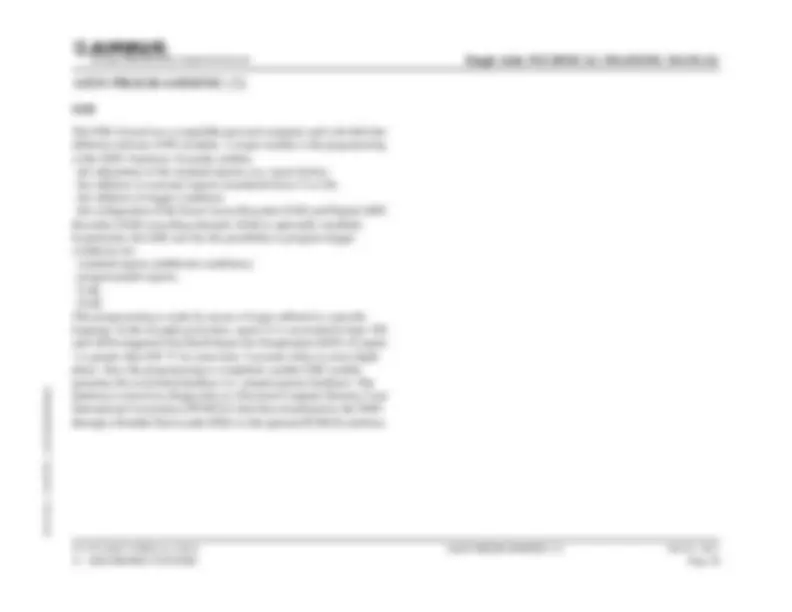
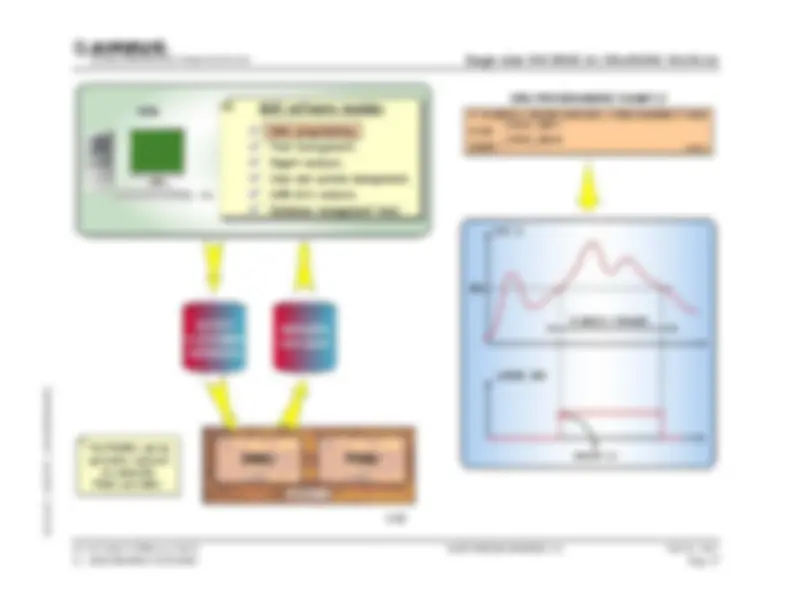
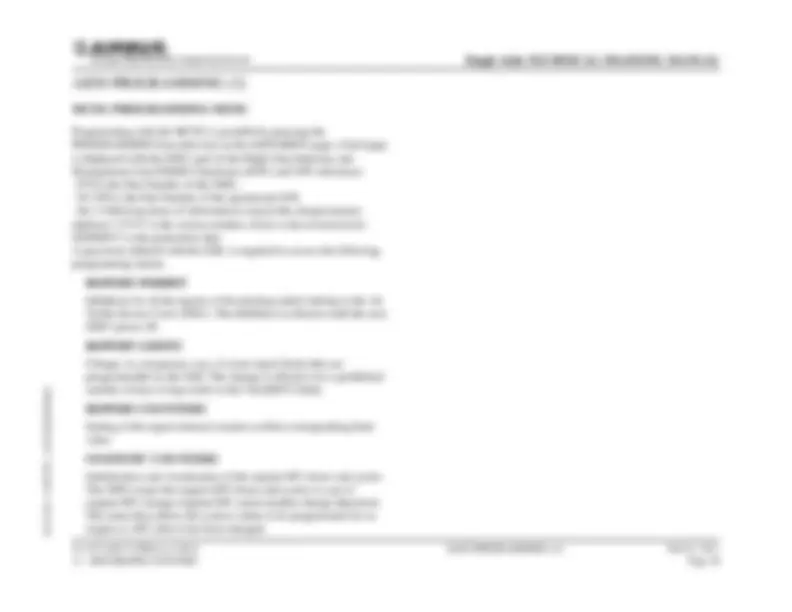
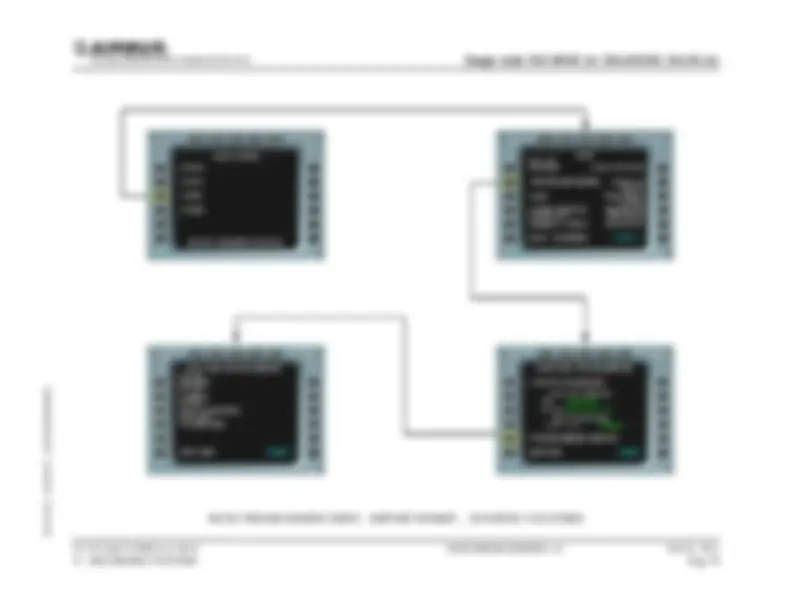
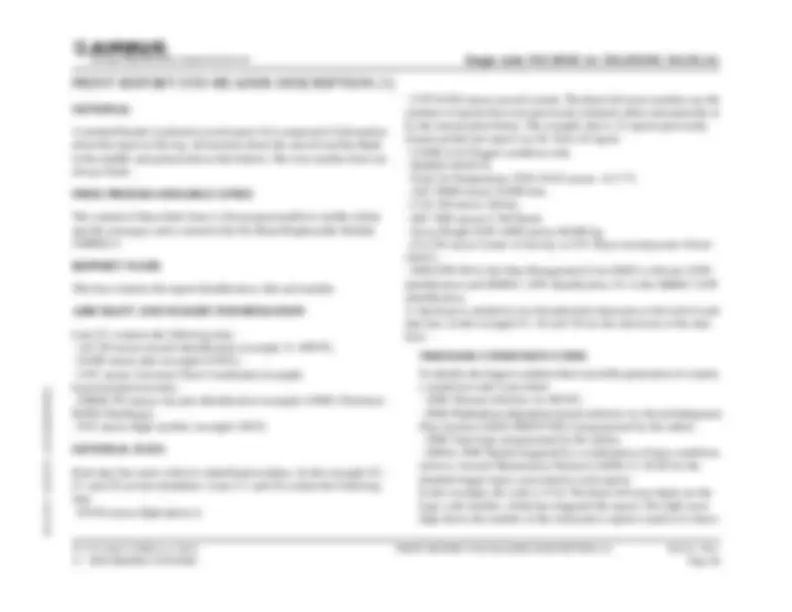
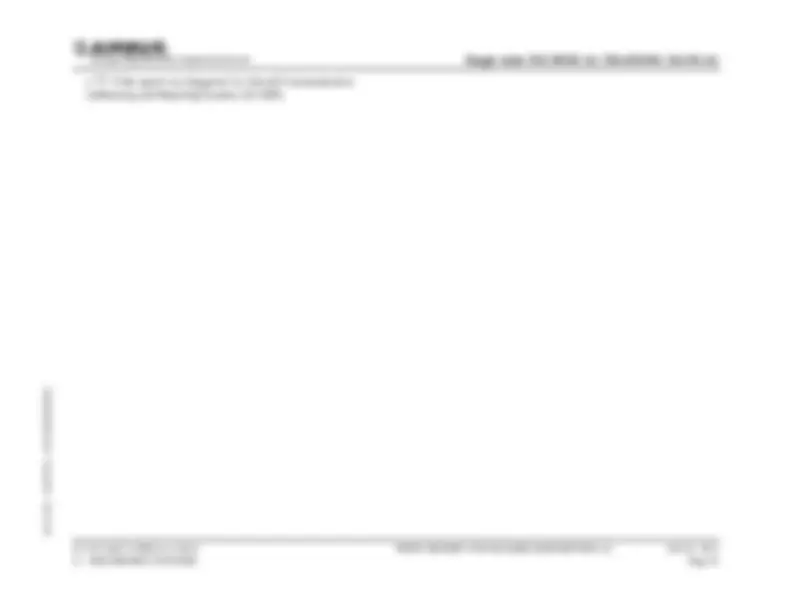
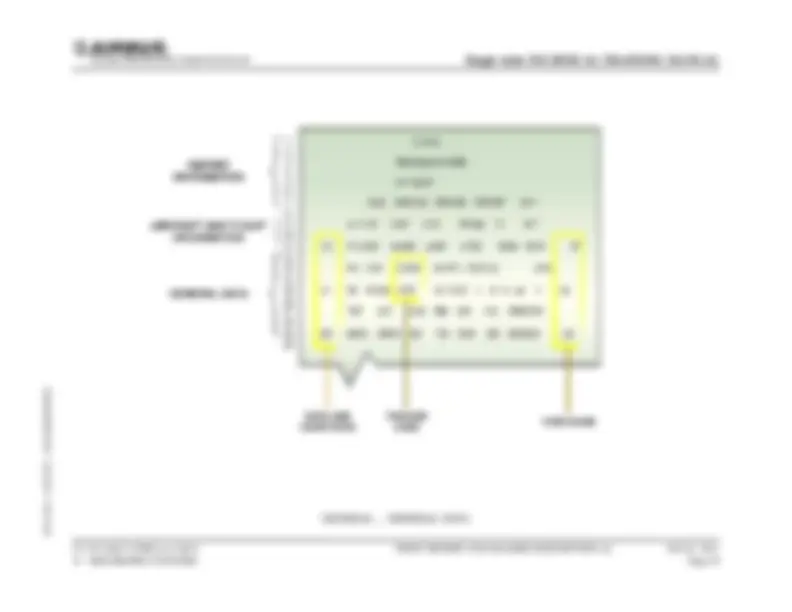
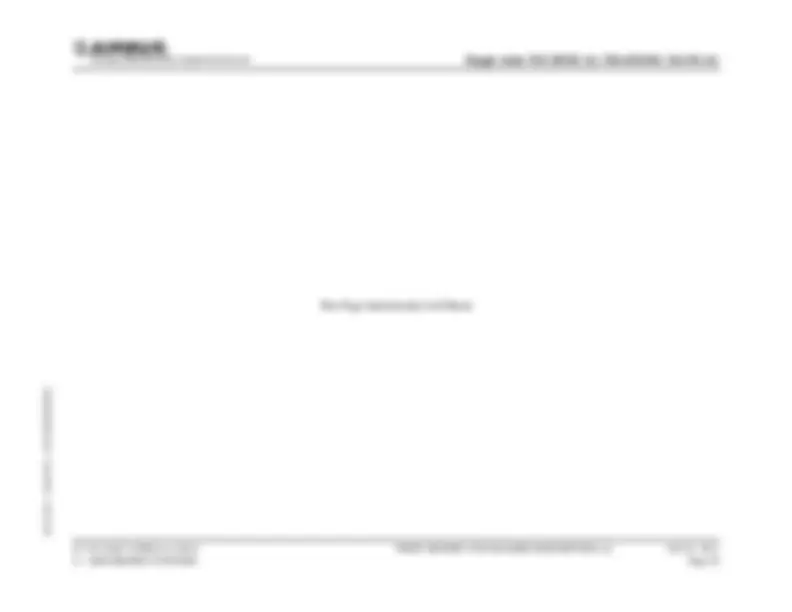
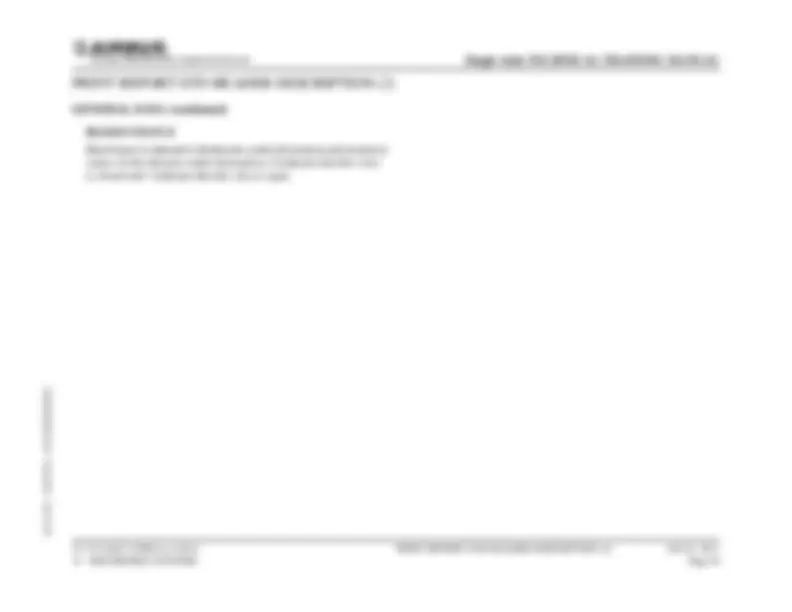
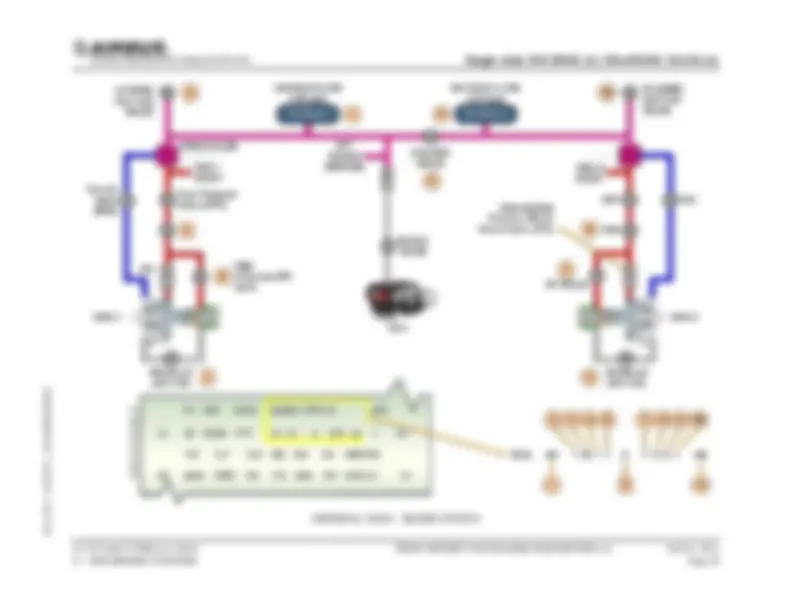
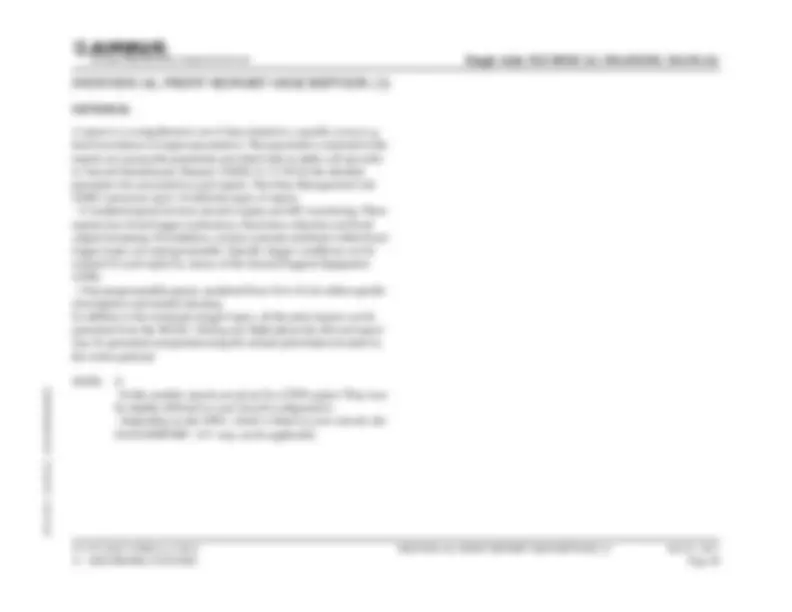
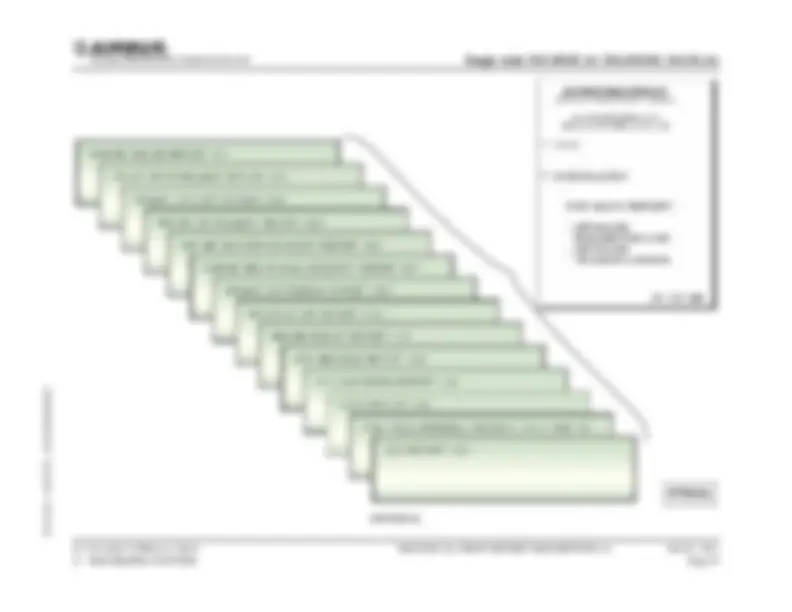
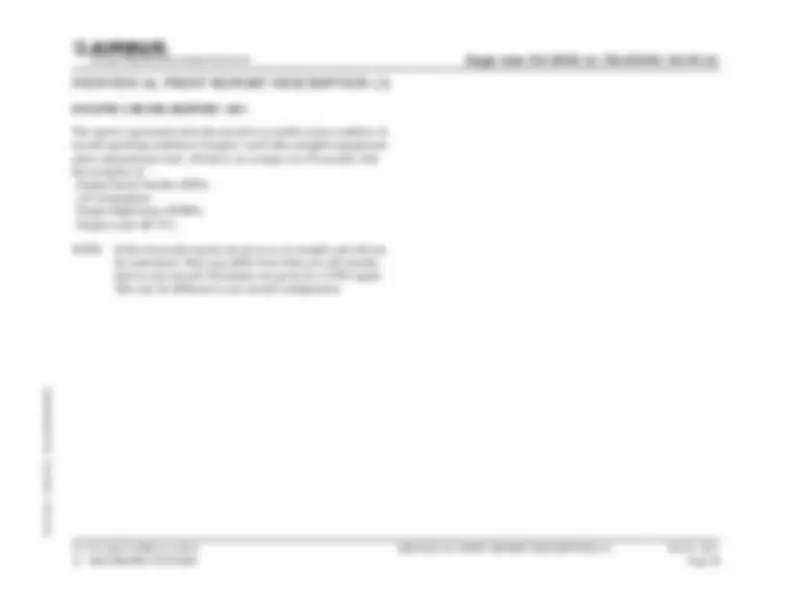
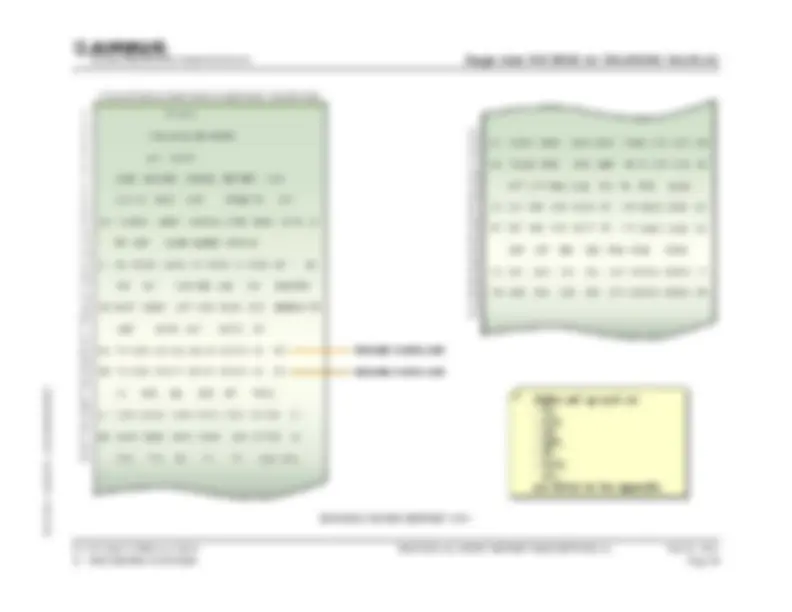
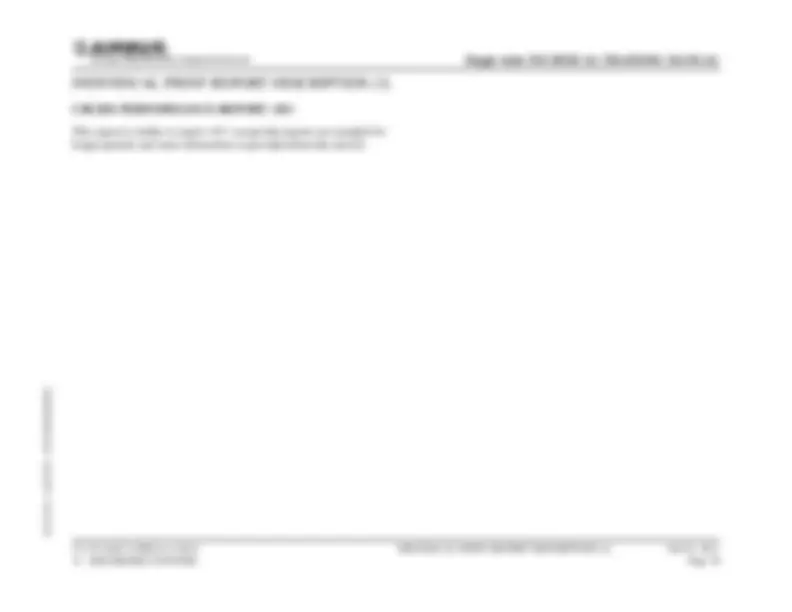
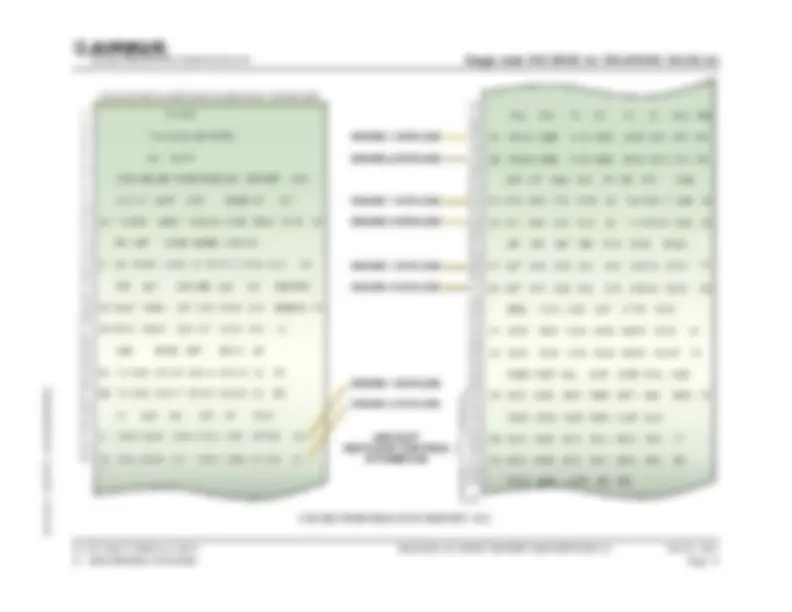
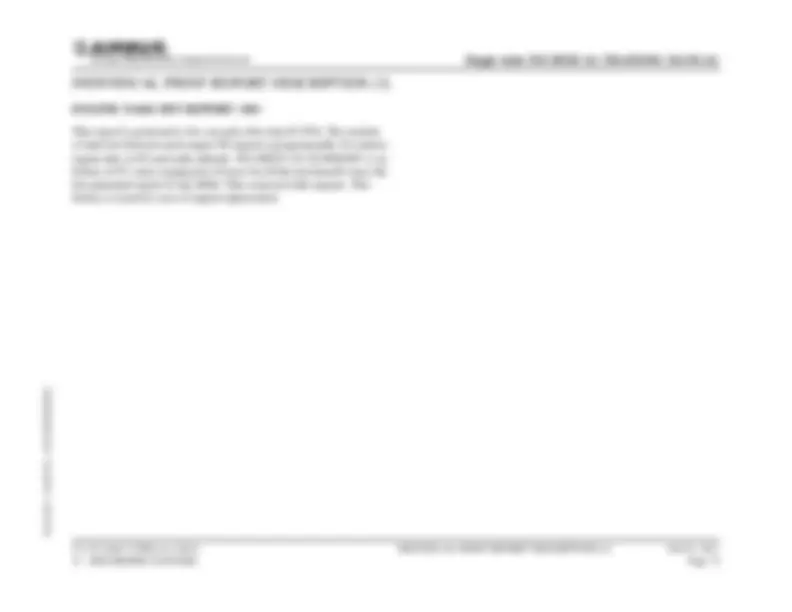
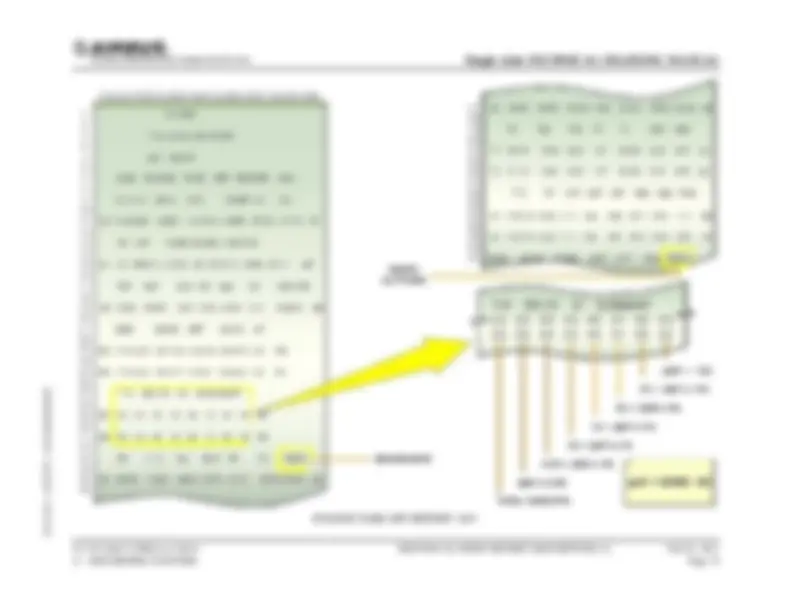
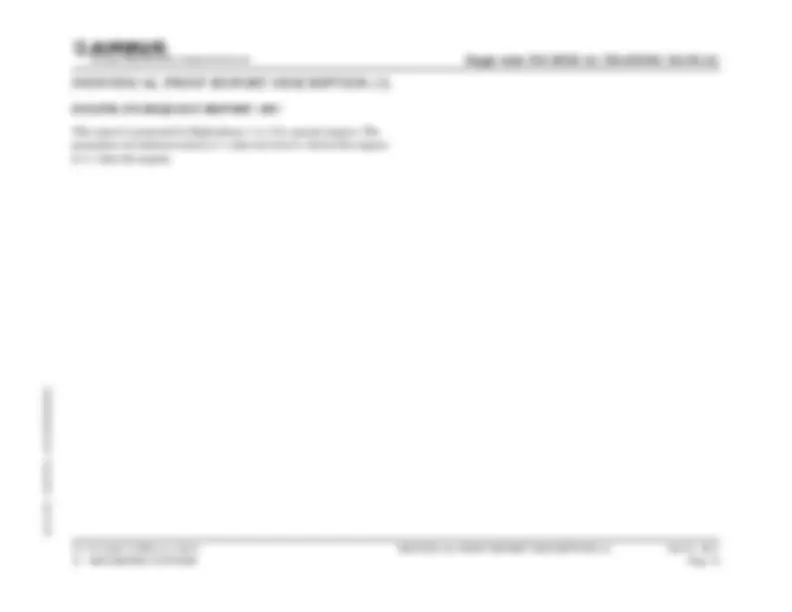
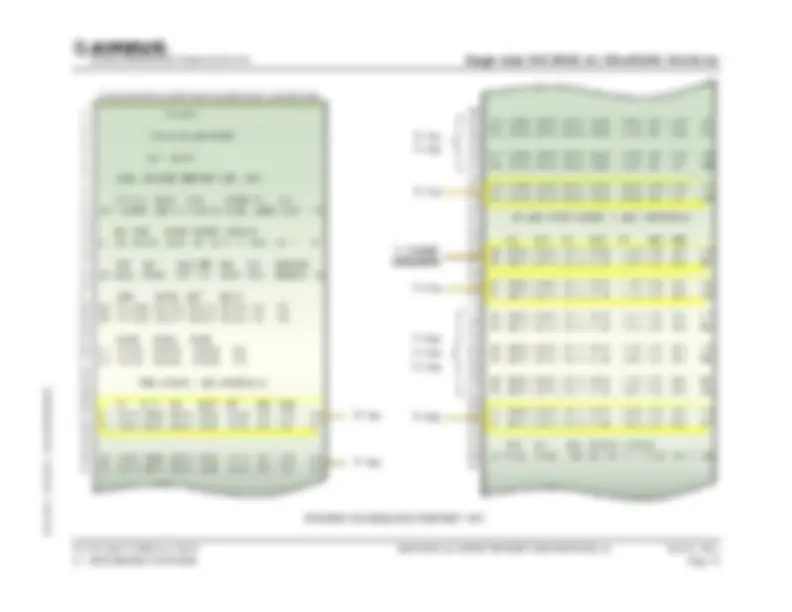
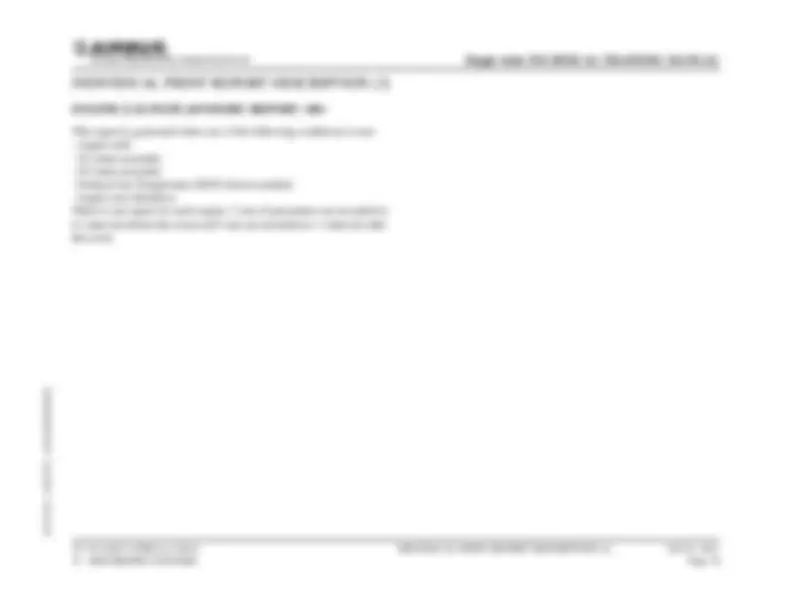
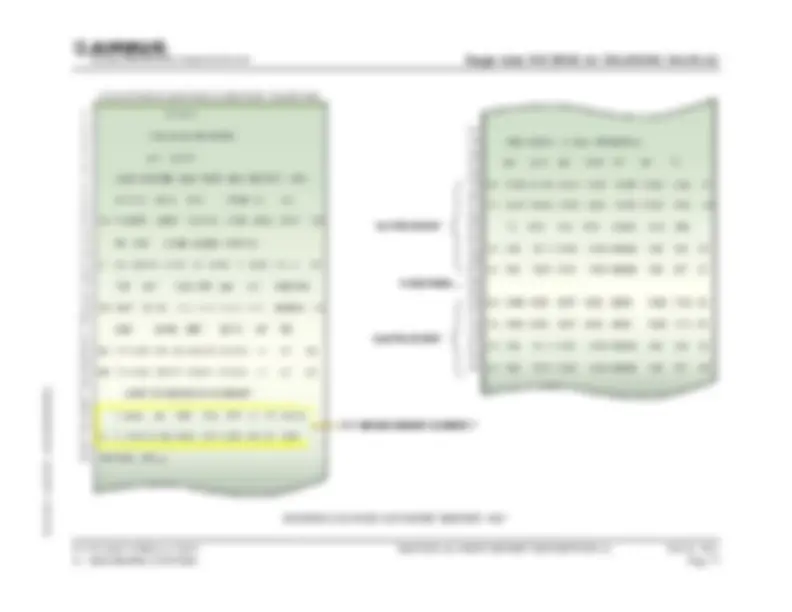
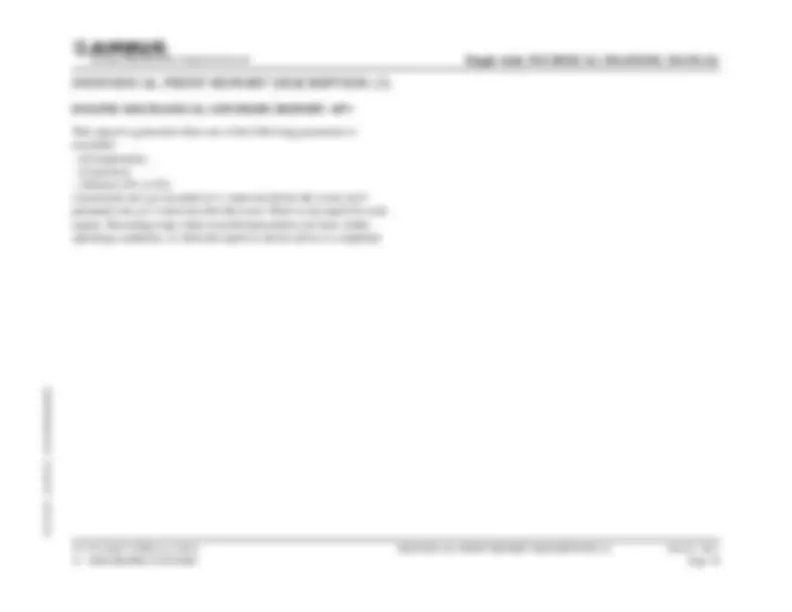
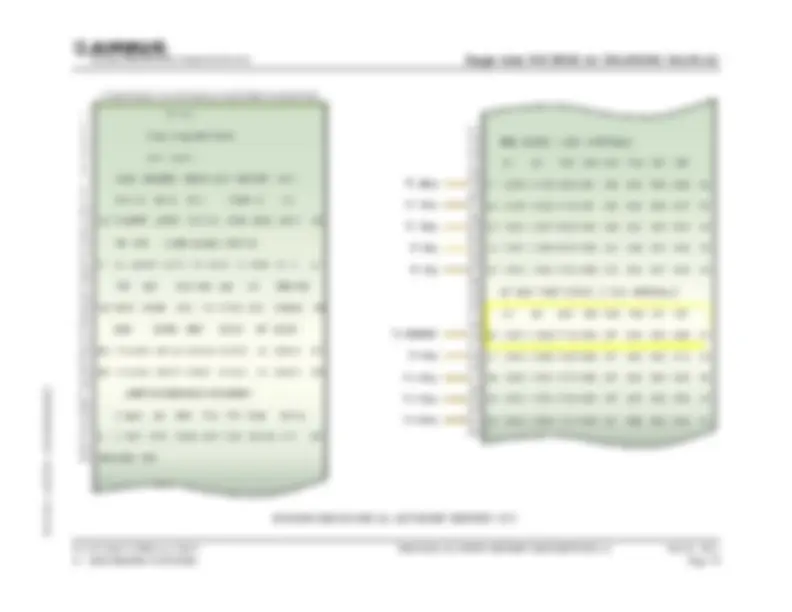
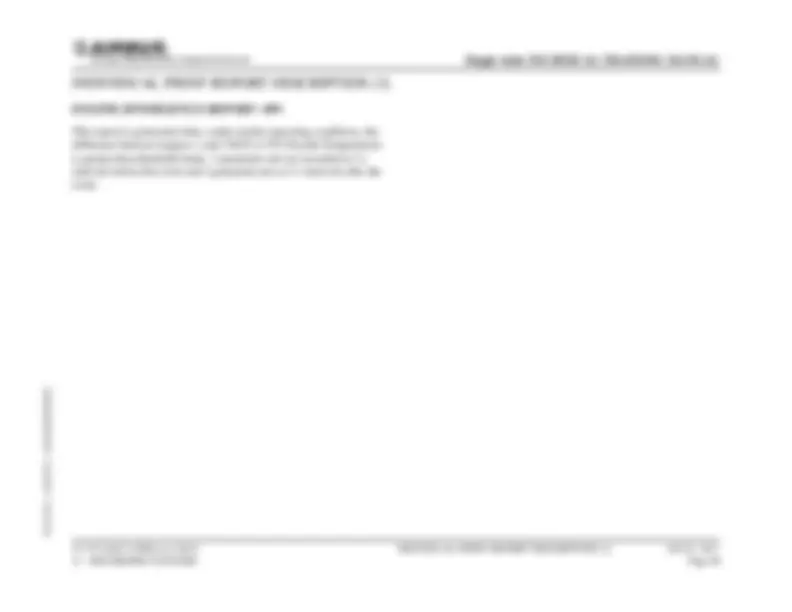
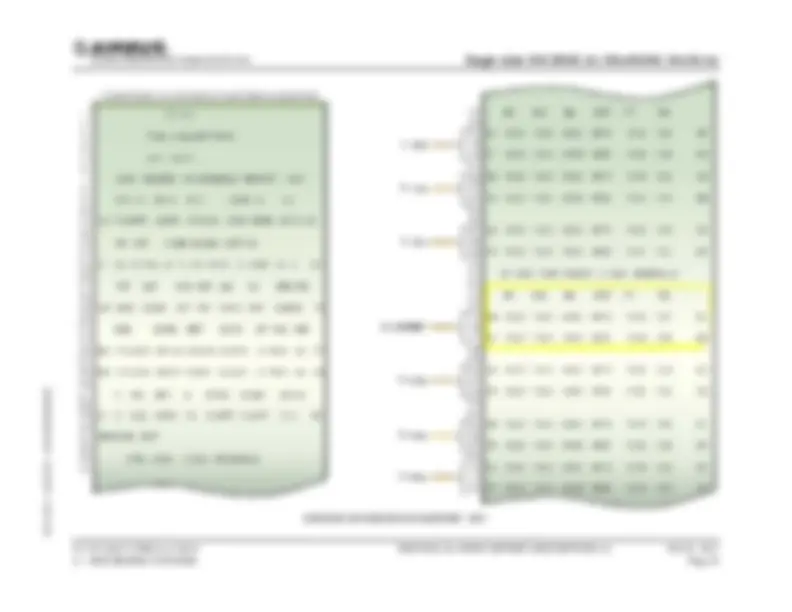
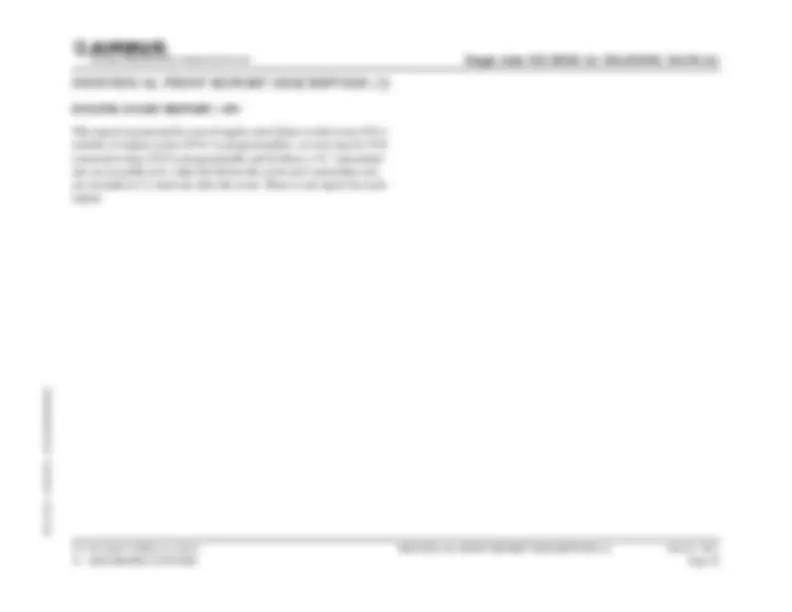
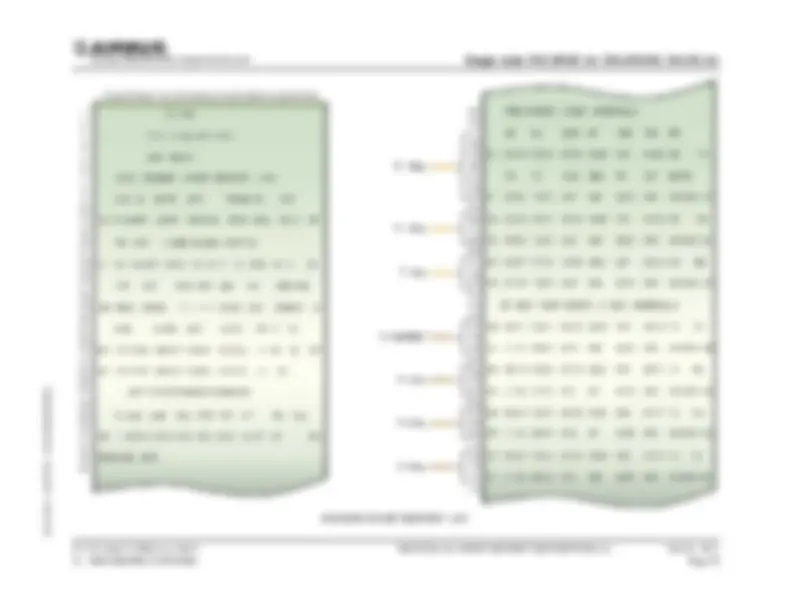
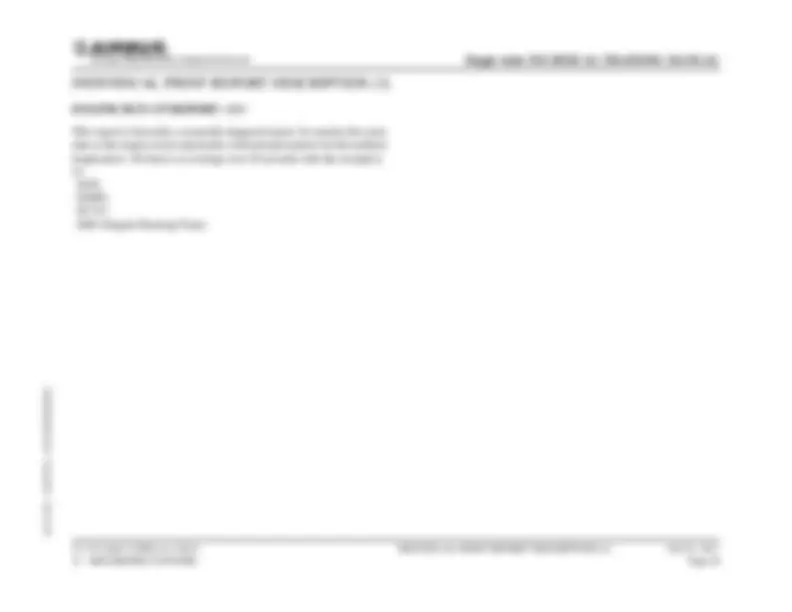
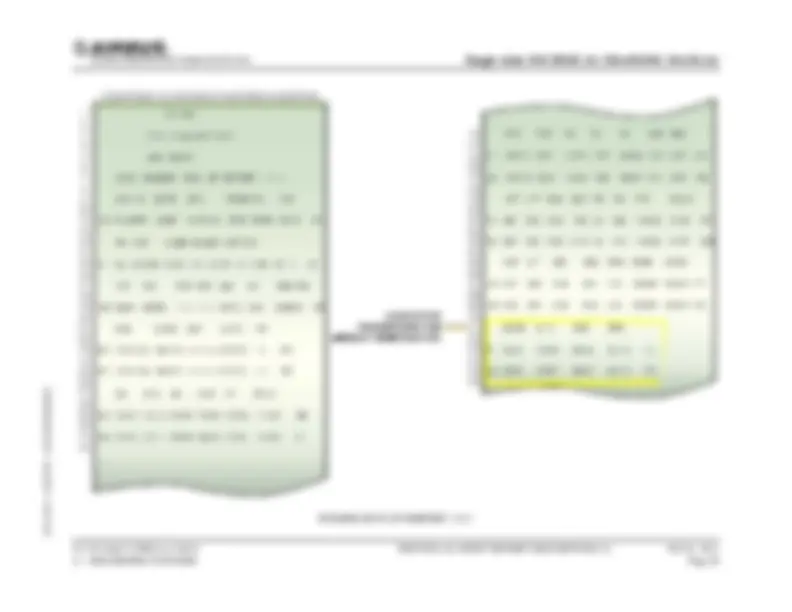
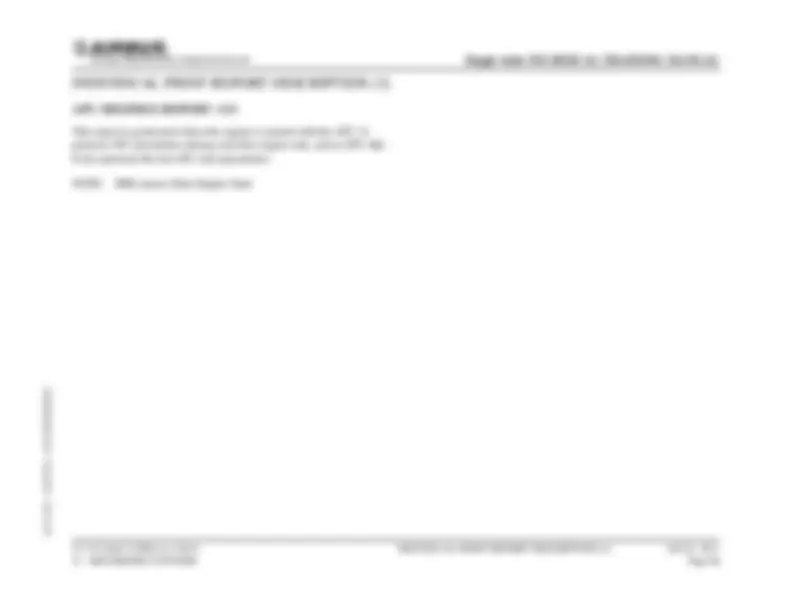
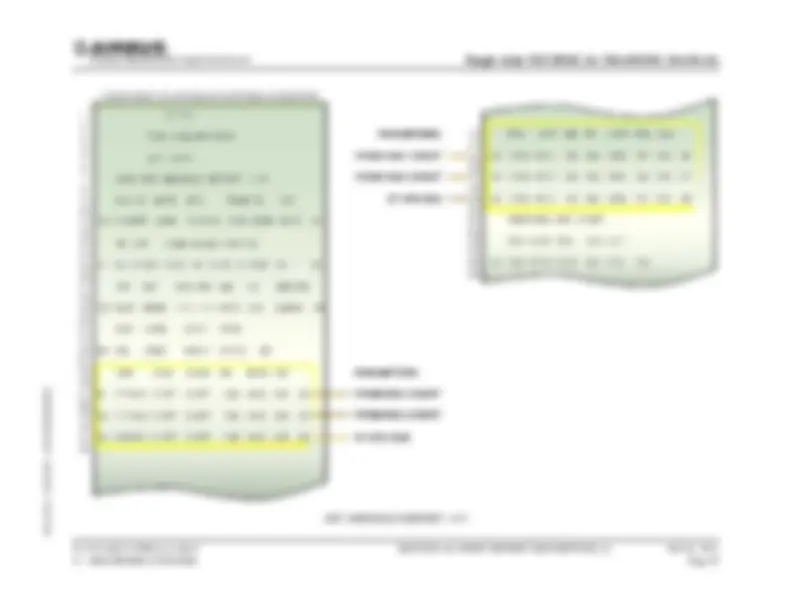
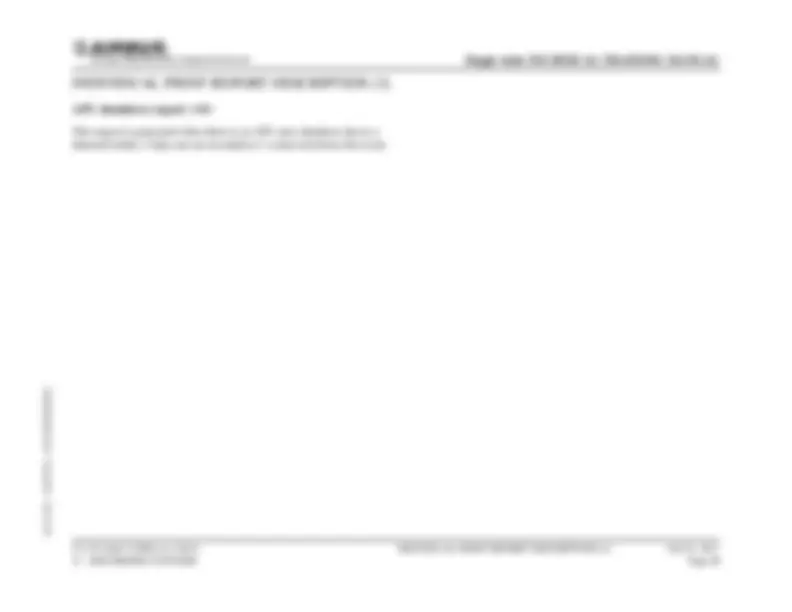
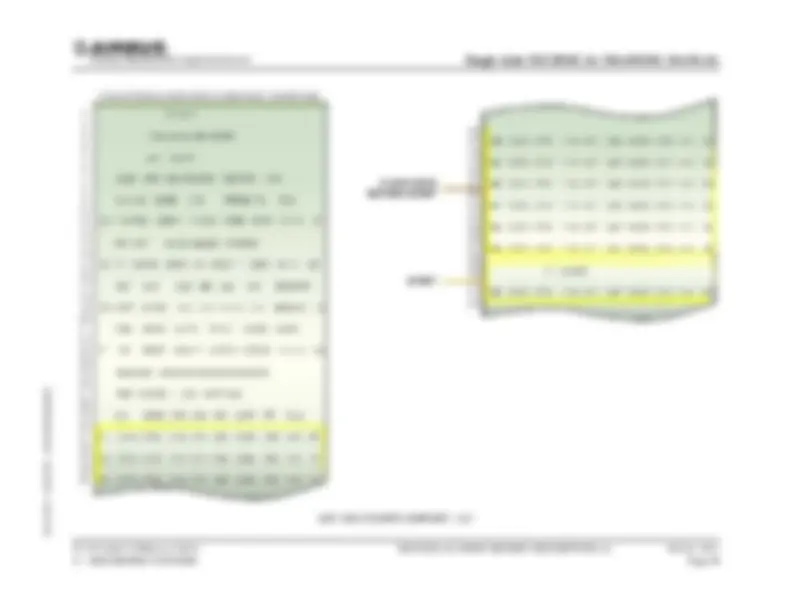
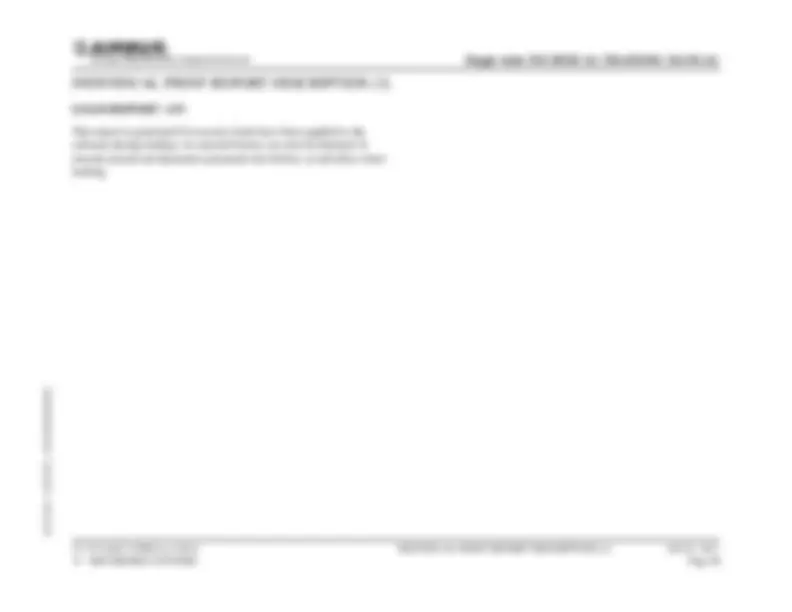
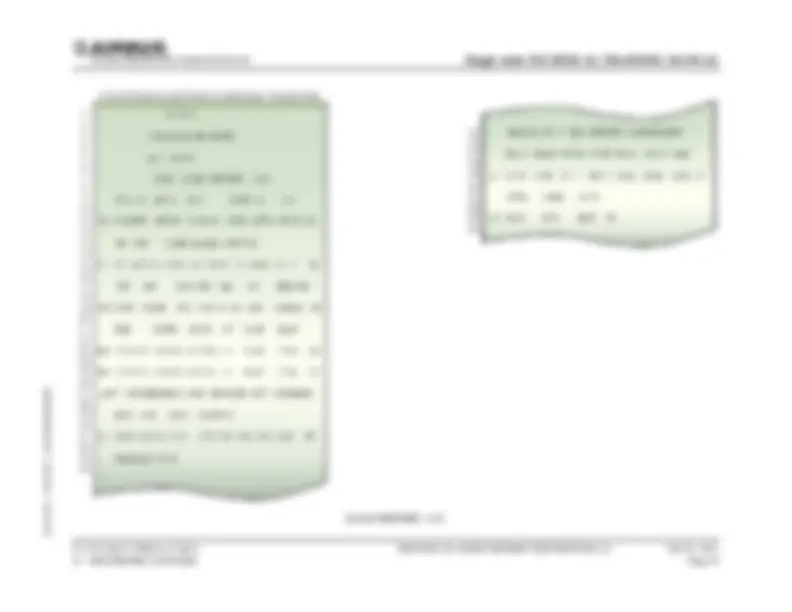
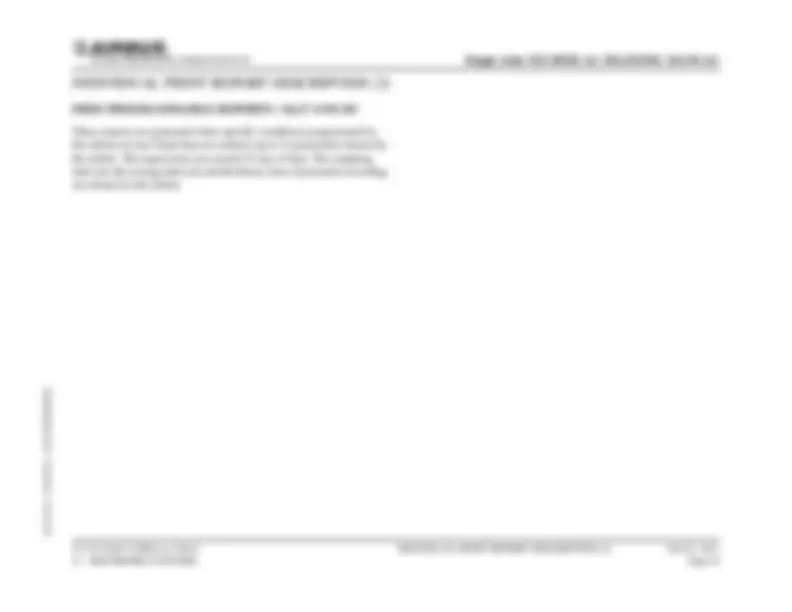
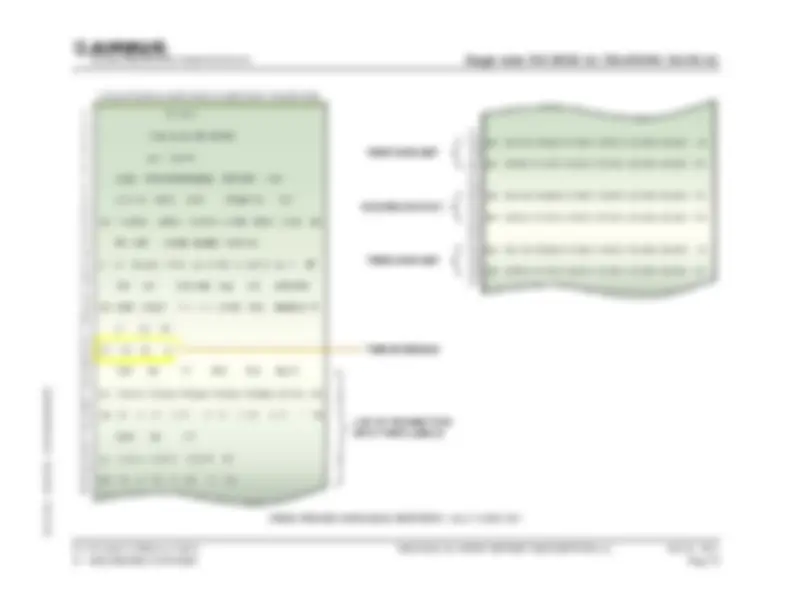
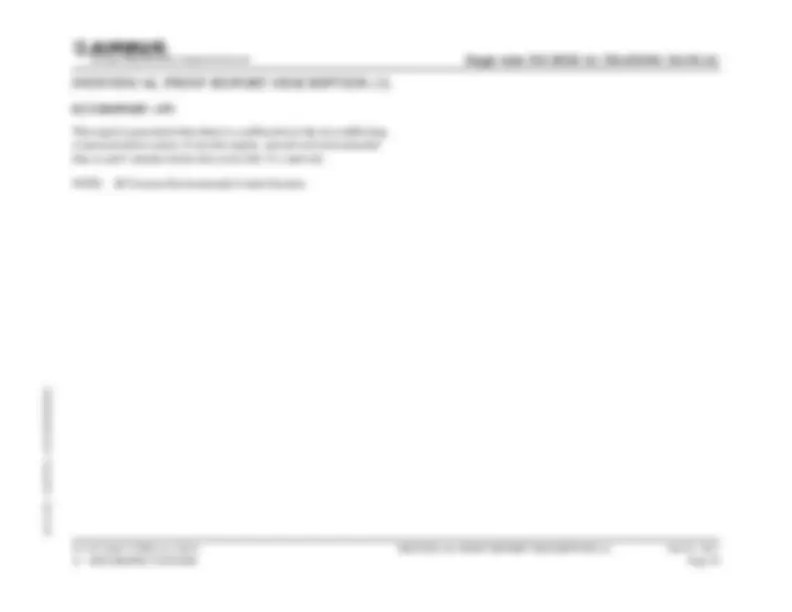
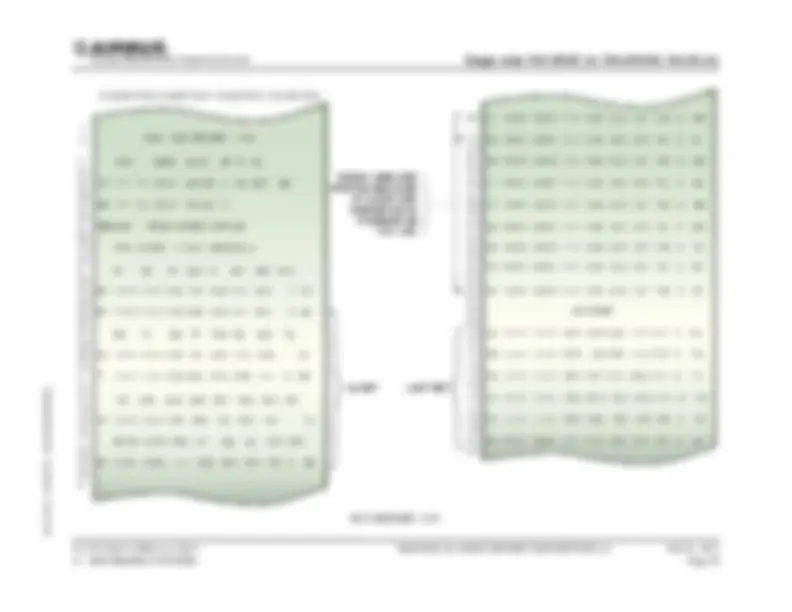
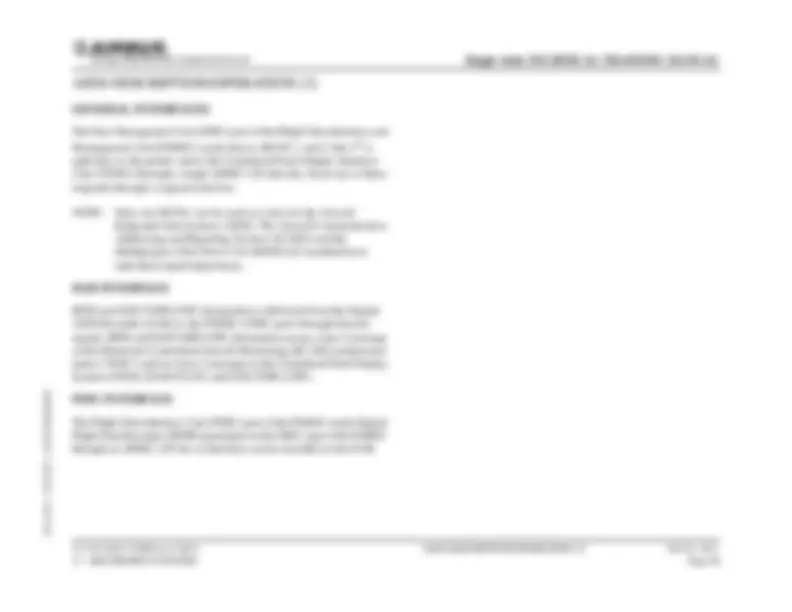


Prepara tus exámenes y mejora tus resultados gracias a la gran cantidad de recursos disponibles en Docsity

Gana puntos ayudando a otros estudiantes o consíguelos activando un Plan Premium


Prepara tus exámenes
Prepara tus exámenes y mejora tus resultados gracias a la gran cantidad de recursos disponibles en Docsity
Prepara tus exámenes con los documentos que comparten otros estudiantes como tú en Docsity
Los mejores documentos en venta realizados por estudiantes que han terminado sus estudios
Estudia con lecciones y exámenes resueltos basados en los programas académicos de las mejores universidades
Responde a preguntas de exámenes reales y pon a prueba tu preparación

Consigue puntos base para descargar
Gana puntos ayudando a otros estudiantes o consíguelos activando un Plan Premium
Comunidad
Pide ayuda a la comunidad y resuelve tus dudas de estudio
Descubre las mejores universidades de tu país según los usuarios de Docsity
Ebooks gratuitos
Descarga nuestras guías gratuitas sobre técnicas de estudio, métodos para controlar la ansiedad y consejos para la tesis preparadas por los tutores de Docsity
El sistema de carga y descarga de datos en aeronaves, incluyendo el funcionamiento del acelerómetro lineal, el concentrador de adquisición de datos del sistema (sdac), el registrador de datos de vuelo (dfdr) y el registrador de acceso rápido (qar). Se explica el proceso de carga y descarga de datos a través del selector de carga de datos (dls), la unidad de disco de uso múltiple (mddu) y la caja de almacenamiento de discos. También se detallan los mensajes que se muestran durante la transferencia de datos y la verificación del software cargado. Además, se menciona el uso de conectores arinc 615a para la carga de datos atsu y la conexión de un mcdu portátil o un cargador de datos portátil (pdl) a través de un conector rs232. El documento también aborda el registro de parámetros del motor y del sistema de control ambiental, así como la reprogramación del dmu a través del equipo de soporte terrestre (gse).
Tipo: Guías, Proyectos, Investigaciones
1 / 104

Esta página no es visible en la vista previa
¡No te pierdas las partes importantes!





























































































RECORDING SYSTEMS Recording System Component Location (2).................... 2
UP & DOWN DATA LOADING SYSTEM
Up & Down Data Loading System Presentation (2).............. 8 Up & Down Data Loading System Utilization (2)............... 12
DIGITAL FLIGHT DATA RECORDING SYSTEM (DFDRS)
DFDRS Description/Operation (3)........................... 16 FDIMU Interfaces (3)..................................... 18
A/C INTEGRATED DATA SYSTEM (AIDS-SFIM)
Print Report STD Header Description (3)..................... 20 Individual Print Report Description (3)....................... 26 AIDS Programming (3)................................... 54
A/C INTEGRATED DATA SYS (AIDS-TELEDYNE) (option)
Print Report STD Header Description (3)..................... 60 Individual Print Report Description (3)....................... 66 AIDS Description/Operation (3)............................ 96
T1+T2 (IAE V2500) (Lvl 2&3) TABLE OF CONTENTS Feb 01, 2011
UCE11021 - U6OT0T
T1+T2 (IAE V2500) (Lvl 2&3) RECORDING SYSTEM COMPONENT LOCATION (2) Feb 01, 2011
UCE11021 - U6OT0T0 - UM31C3COMPLOC
RECORDING SYSTEM COMPONENT LOCATION (2)
The DFDRS and AIDS computers are in the aft avionics rack. About the QAR/DAR, there are several vendors of optical disk storage media. The recorder is then called Optical QAR/DAR (OQAR/ODAR). There is also a version from Teledyne that includes a GSM module for data transmission called WQAR (Wireless GroundLink QAR). The FDIMU computer is in the aft avionics rack. The SSFDR is installed immediately above the Cockpit Voice Recorder (CVR), in an unpressurized area of the rear fuselage. The SSFDR stores the data of the last 25 hours collected by the FDIU. The SSFDR stores these data in a solid state memory which is in a crash-and-fire-protected housing. The linear accelerometer is near the A/C center of gravity. It sends the accelerations in the 3 axes (pitch, roll and yaw) to the DFDRS.
T1+T2 (IAE V2500) (Lvl 2&3) RECORDING SYSTEM COMPONENT LOCATION (2) Feb 01, 2011
UCE11021 - U6OT0T0 - UM31C3COMPLOC
T1+T2 (IAE V2500) (Lvl 2&3) RECORDING SYSTEM COMPONENT LOCATION (2) Feb 01, 2011
UCE11021 - U6OT0T0 - UM31C3COMPLOC
T1+T2 (IAE V2500) (Lvl 2&3) RECORDING SYSTEM COMPONENT LOCATION (2) Feb 01, 2011
UCE11021 - U6OT0T0 - UM31C3COMPLOC
T1+T2 (IAE V2500) (Lvl 2&3) UP & DOWN DATA LOADING SYSTEM PRESENTATION (2) Feb 01, 2011
UCE11021 - U6OT0T0 - UM31PD
UP & DOWN DATA LOADING SYSTEM PRESENTATION (2)
The aircraft system computers use the loading system to update their data base, for example the Flight Management and Guidance Computer (FMGC) or to modify parts of their operational S/W, for example the Air Traffic Service Unit (ATSU). The Up loading is automatically done from a 3.5 inch disk, via an internal logic specific to each computer. The installation of Portable Data Loader (PDL) connectors enables ARINC 615A data loading of the ATSU. Power supply plug is installed to enable data loader power supply.
The down loading system is used to down load, to a 3.5 inch disk, the data recorded by some computers during aircraft operation, for example the Data Management Unit (DMU) part of the Flight Data Interface and Management Unit (FDIMU). Down loading is done automatically through an internal logic specific to each computer.
T1+T2 (IAE V2500) (Lvl 2&3) UP & DOWN DATA LOADING SYSTEM PRESENTATION (2) Feb 01, 2011
UCE11021 - U6OT0T0 - UM31PD
UP & DOWN DATA LOADING SYSTEM UTILIZATION (2)
The Multipurpose Disk Drive Unit (MDDU) has two functions: uploading and downloading. According to the operation to do, the disk, which is used, has to contain specific information (e.g. configuration file). Before doing an up data loading operation, refer to the relevant procedure for the related system in the Aircraft Maintenance Manual (AMM).
NOTE: Up loading procedure will only be illustrated, down loading is similar.
When you have selected the disk related to the computer to be loaded from the disks in the storage box, you have to select the computer by means of the Data Loading Selector (DLS). The MDDU READY message is shown on the MDDU window: the system is in the standby state. After selecting Flight Management and Guidance Computer (FMGC) 2 on the DLS, you have to open the MDDU door, insert the disk in the data loader disk drive and close the MDDU door. When the disk is inserted in the disk drive, the READY message is shown: this message acknowledges disk insertion. The MDDU processes the specific information contained in the disk, contacts the computer to be loaded and shows the WAIT RESPONSE message until the computer is ready to receive the data. This message stays permanently displayed when:
NOTE: The disk should not be extracted while TRANSF IN PROG message is shown as damage to the disk could result. When the data transfer is terminated and no anomalies are detected, the TRANSF COMPLETE message is shown to inform the operator that the transfer is successfully completed. You have to deselect the computer by means of the DLS. If more than one disk for the up loading is necessary , the EJECT DISK and INSERT NEXT DISK message are displayed one after the other on the MDDU when the next disk needs to be inserted. This disk must contain a configuration file identical to the previous one and its order in the sequence must be up loaded on the same computer. When you have ejected the disk from the disk drive, you have to set the ON/OFF switch on the DLS to OFF. Check on one of the MCDUs that the software (S/W) reference shown on the Line Replaceable Unit (LRU) IDENTIFICATION page of the concerned computer agrees with the S/W reference of the disk used for the up loading.
If there is no disk inserted in the data loader disk drive, the system is in the standby state and does not communicate with any onboard computers. The MDDU READY message is shown on the MDDU window: the system is in standby state. The MDDU is activated by inserting the disk containing a configuration file defining the label of the computer concerned by a down loading operation: the READY message is shown on the MDDU window. Supposing that the disk inserted is configured to dialog with the Data Management Unit (DMU), the operator can down load the reports by pushing the SELector ConTroL key on the DLS when Aircraft Integrated Data System (AIDS) is shown. After the computer has acknowledged the request, it sorts the data to be transferred into files and interrupts the wait phase established with the MDDU: the WAIT RESPONSE message is shown on the MDDU window. Then, the computer downloads its information: the TRANSF IN PROG message
T1+T2 (IAE V2500) (Lvl 2&3) UP & DOWN DATA LOADING SYSTEM UTILIZATION (2) Feb 01, 2011
UCE11021 - U6OT0T0 - UM31DC
is shown throughout the transfer. When the data transfer is terminated and no anomalies are detected, the TRANSF COMPLETE message is shown to tell the operator that the transfer is successfully completed.
Other messages shown on the MDDU window tell the operator of the transfer status:
T1+T2 (IAE V2500) (Lvl 2&3) UP & DOWN DATA LOADING SYSTEM UTILIZATION (2) Feb 01, 2011
UCE11021 - U6OT0T0 - UM31DC
This Page Intentionally Left Blank
T1+T2 (IAE V2500) (Lvl 2&3) UP & DOWN DATA LOADING SYSTEM UTILIZATION (2) Feb 01, 2011
UCE11021 - U6OT0T0 - UM31DC
DFDRS DESCRIPTION/OPERATION (3)
The Flight Data Interface and Management Unit (FDIMU) combines two functions which operate independently from each other: the Flight Data Interface Unit (FDIU) and the Data Management Unit (DMU). An internal data-bus connects the two parts. The FDIU-part receives discrete and digital parameters and processes them. The functions of the FDIU-part are:
The DFDR stores data, which the FDIU-part has collected during the last 25 hours. The data is recorded in data frames. Each frame contains data received during one second. The DFDR includes BITE functions. The DFDR status signal is sent to the Centralized Fault Display Interface Unit (CFDIU) through the FDIU-part and to the Electronic Centralized Aircraft Monitoring (ECAM) through the System Data Acquisition Concentrators
(SDACs). The DFDR energization is controlled through the power interlock circuit. The underwater locator beacon installed on the front face of the DFDR gives the location of the recorder if the aircraft is immersed in water following an accident. The underwater locator beacon has a battery, which is activated by both fresh and salt water.
The QAR stores the same data as the DFDR for on ground performance, maintenance or condition monitoring tasks. The data frames stored in the QAR are identical to the DFDR data frames. The QAR includes BITE functions. The QAR status signals (QAR MEDIA LOW, QAR FAIL) are sent to the lamps on its front face and to the CFDIU through the FDIU-part. The QAR energization is controlled through the power interlock circuit. If installed, the DAR records data in a formatted optical disk.
The task of the LA is to measure the acceleration of the aircraft in all three axes. The range of measurement is:
T1+T2 (IAE V2500) (Lvl 2&3) DFDRS DESCRIPTION/OPERATION (3) Feb 01, 2011
UCE11021 - U6OT0T0 - UM31DD